Quick filters:
Fu hsi Stock Photos and Images
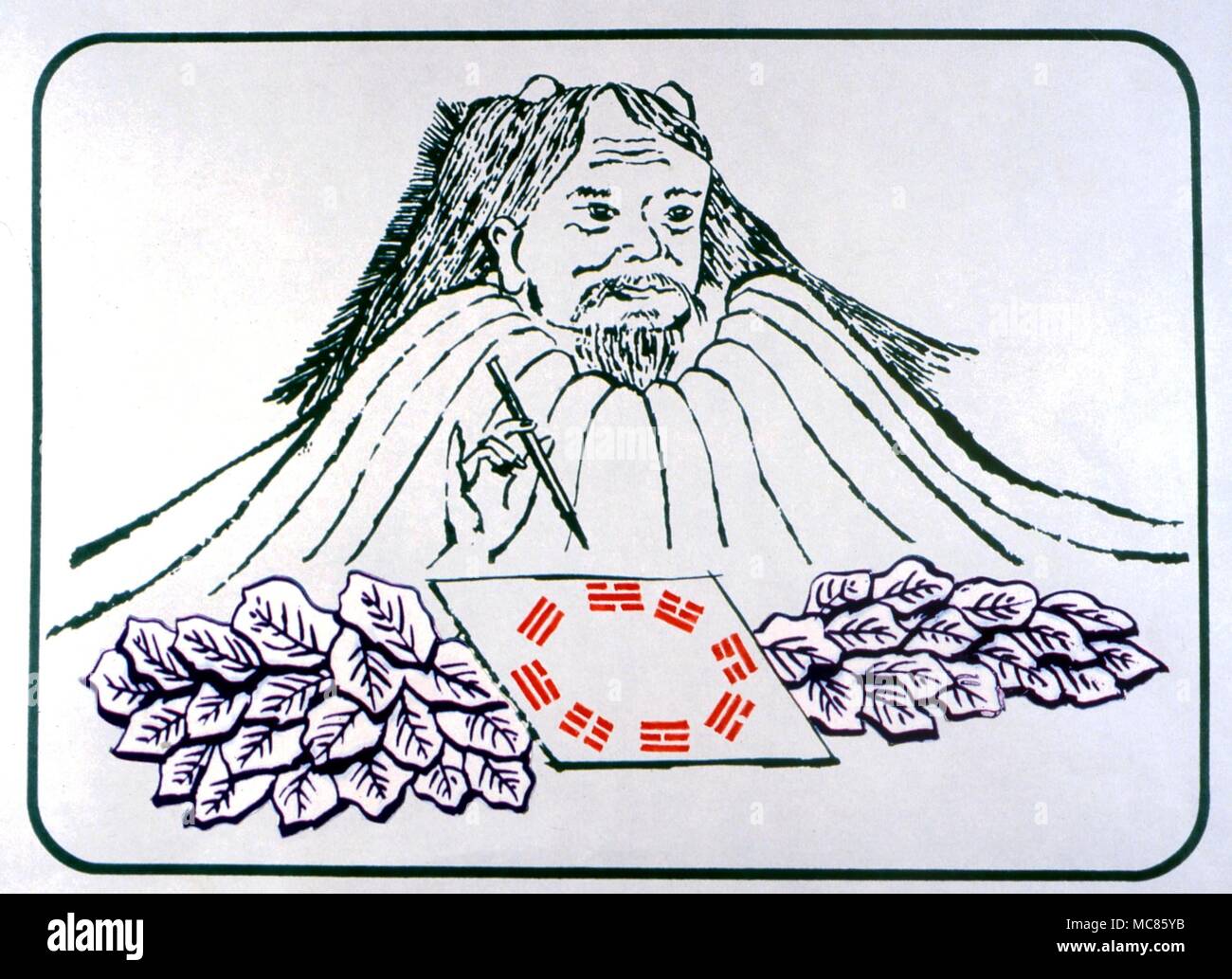 I Ching - Fu Hsi Portrayal of the sage, Fu Hsi, who was said to be the first of the Five legendary Emperors (to 2838BC), and is supposed to have invented the eight trigrams of the I Ching system Stock Photohttps://www.alamy.com/image-license-details/?v=1https://www.alamy.com/i-ching-fu-hsi-portrayal-of-the-sage-fu-hsi-who-was-said-to-be-the-first-of-the-five-legendary-emperors-to-2838bc-and-is-supposed-to-have-invented-the-eight-trigrams-of-the-i-ching-system-image179659855.html
I Ching - Fu Hsi Portrayal of the sage, Fu Hsi, who was said to be the first of the Five legendary Emperors (to 2838BC), and is supposed to have invented the eight trigrams of the I Ching system Stock Photohttps://www.alamy.com/image-license-details/?v=1https://www.alamy.com/i-ching-fu-hsi-portrayal-of-the-sage-fu-hsi-who-was-said-to-be-the-first-of-the-five-legendary-emperors-to-2838bc-and-is-supposed-to-have-invented-the-eight-trigrams-of-the-i-ching-system-image179659855.htmlRMMC85YB–I Ching - Fu Hsi Portrayal of the sage, Fu Hsi, who was said to be the first of the Five legendary Emperors (to 2838BC), and is supposed to have invented the eight trigrams of the I Ching system
 Nu Kua (Pinyin: Nu Gua) was the patroness of matchmakers and the wife or sister of the legendary emperor Fu Hsi. Stock Photohttps://www.alamy.com/image-license-details/?v=1https://www.alamy.com/stock-photo-nu-kua-pinyin-nu-gua-was-the-patroness-of-matchmakers-and-the-wife-18695336.html
Nu Kua (Pinyin: Nu Gua) was the patroness of matchmakers and the wife or sister of the legendary emperor Fu Hsi. Stock Photohttps://www.alamy.com/image-license-details/?v=1https://www.alamy.com/stock-photo-nu-kua-pinyin-nu-gua-was-the-patroness-of-matchmakers-and-the-wife-18695336.htmlRFB2BJ2G–Nu Kua (Pinyin: Nu Gua) was the patroness of matchmakers and the wife or sister of the legendary emperor Fu Hsi.
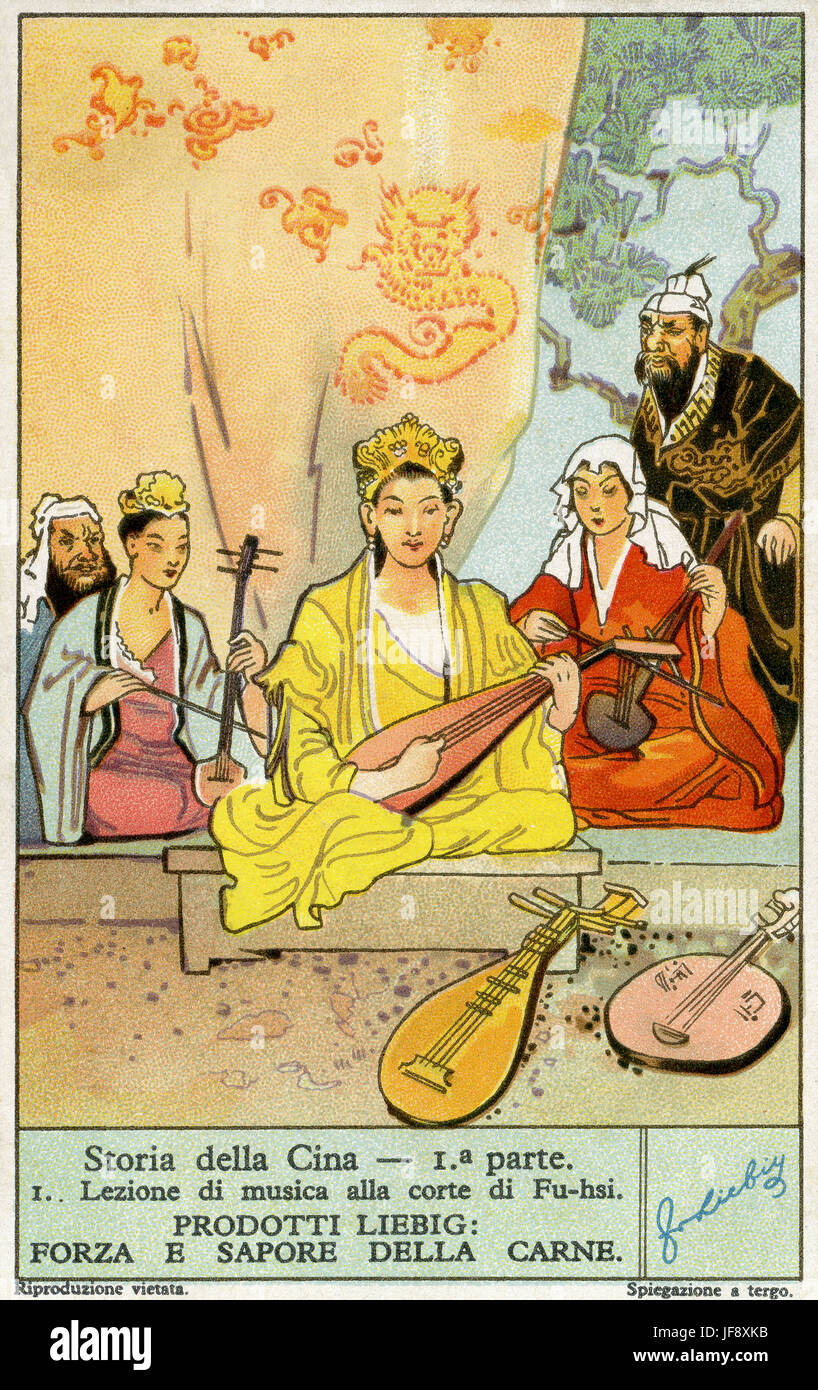 Fuxi / Fu-Hsi, playing the guqin, beginning of the Chinese dynastic period. History of China. Liebig collectors' card 1933 Stock Photohttps://www.alamy.com/image-license-details/?v=1https://www.alamy.com/stock-photo-fuxi-fu-hsi-playing-the-guqin-beginning-of-the-chinese-dynastic-period-147099327.html
Fuxi / Fu-Hsi, playing the guqin, beginning of the Chinese dynastic period. History of China. Liebig collectors' card 1933 Stock Photohttps://www.alamy.com/image-license-details/?v=1https://www.alamy.com/stock-photo-fuxi-fu-hsi-playing-the-guqin-beginning-of-the-chinese-dynastic-period-147099327.htmlRMJF8XKB–Fuxi / Fu-Hsi, playing the guqin, beginning of the Chinese dynastic period. History of China. Liebig collectors' card 1933
 Chinese Emperor Fu Hsi, wearing traditional costume, holding the 'Yin-yang' symbol. Watercolour, China, 18--. Stock Photohttps://www.alamy.com/image-license-details/?v=1https://www.alamy.com/chinese-emperor-fu-hsi-wearing-traditional-costume-holding-the-yin-yang-symbol-watercolour-china-18-image450045892.html
Chinese Emperor Fu Hsi, wearing traditional costume, holding the 'Yin-yang' symbol. Watercolour, China, 18--. Stock Photohttps://www.alamy.com/image-license-details/?v=1https://www.alamy.com/chinese-emperor-fu-hsi-wearing-traditional-costume-holding-the-yin-yang-symbol-watercolour-china-18-image450045892.htmlRM2H45A3G–Chinese Emperor Fu Hsi, wearing traditional costume, holding the 'Yin-yang' symbol. Watercolour, China, 18--.
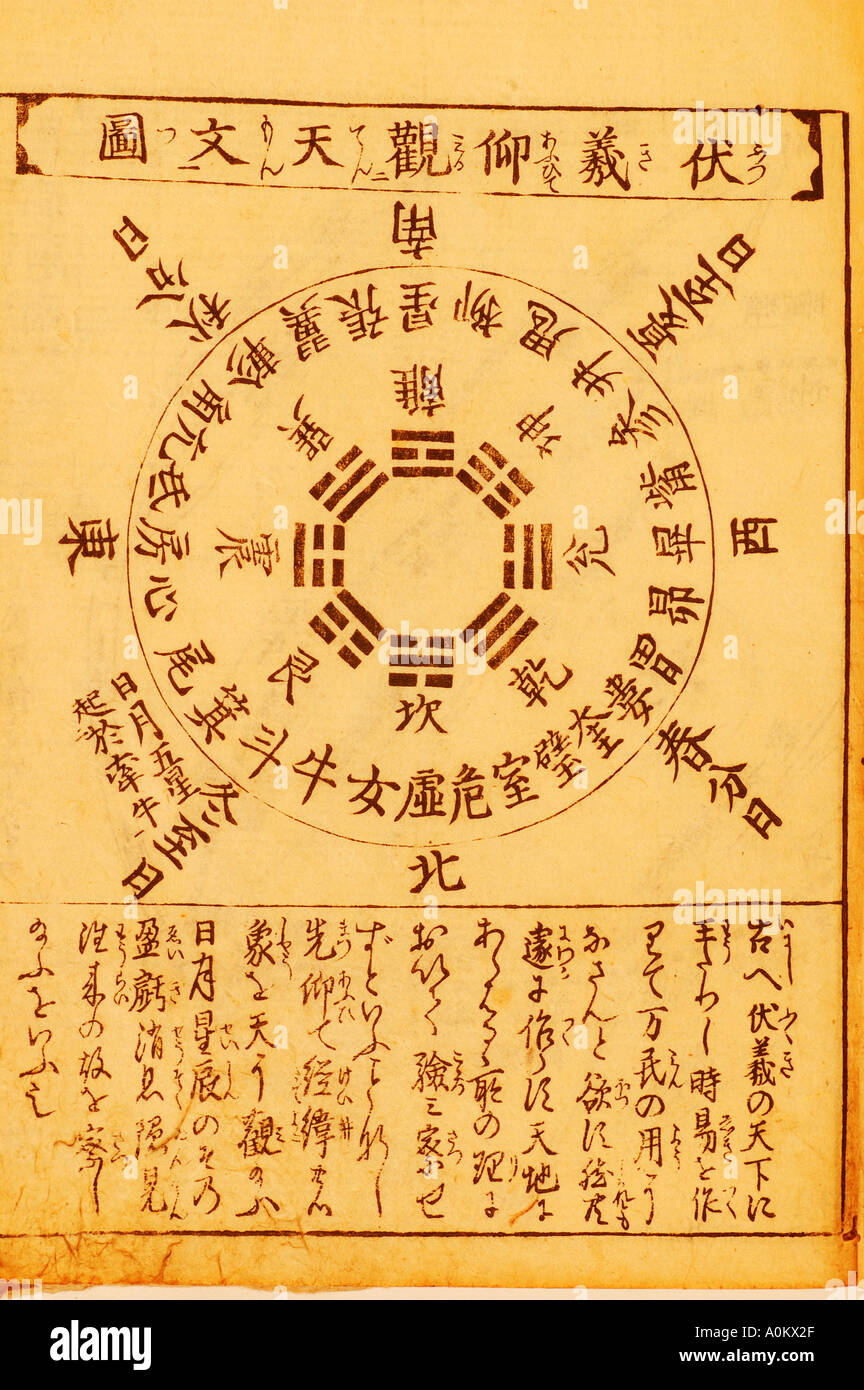 Ancient Chinese Feng Shui, Fuxi, Fu Hsi or Ba gua Astronomy Astrology Stock Photohttps://www.alamy.com/image-license-details/?v=1https://www.alamy.com/ancient-chinese-feng-shui-fuxi-fu-hsi-or-ba-gua-astronomy-astrology-image3272238.html
Ancient Chinese Feng Shui, Fuxi, Fu Hsi or Ba gua Astronomy Astrology Stock Photohttps://www.alamy.com/image-license-details/?v=1https://www.alamy.com/ancient-chinese-feng-shui-fuxi-fu-hsi-or-ba-gua-astronomy-astrology-image3272238.htmlRFA0KX2F–Ancient Chinese Feng Shui, Fuxi, Fu Hsi or Ba gua Astronomy Astrology
 Legend of Fu Hsi and Nu Wa. Painting on silk. Astana 7-8th century. National Museum of New Delhi India ast ix.2.a.012 225 x 57 Stock Photohttps://www.alamy.com/image-license-details/?v=1https://www.alamy.com/stock-photo-legend-of-fu-hsi-and-nu-wa-painting-on-silk-astana-7-8th-century-national-20840253.html
Legend of Fu Hsi and Nu Wa. Painting on silk. Astana 7-8th century. National Museum of New Delhi India ast ix.2.a.012 225 x 57 Stock Photohttps://www.alamy.com/image-license-details/?v=1https://www.alamy.com/stock-photo-legend-of-fu-hsi-and-nu-wa-painting-on-silk-astana-7-8th-century-national-20840253.htmlRMB5W9XN–Legend of Fu Hsi and Nu Wa. Painting on silk. Astana 7-8th century. National Museum of New Delhi India ast ix.2.a.012 225 x 57
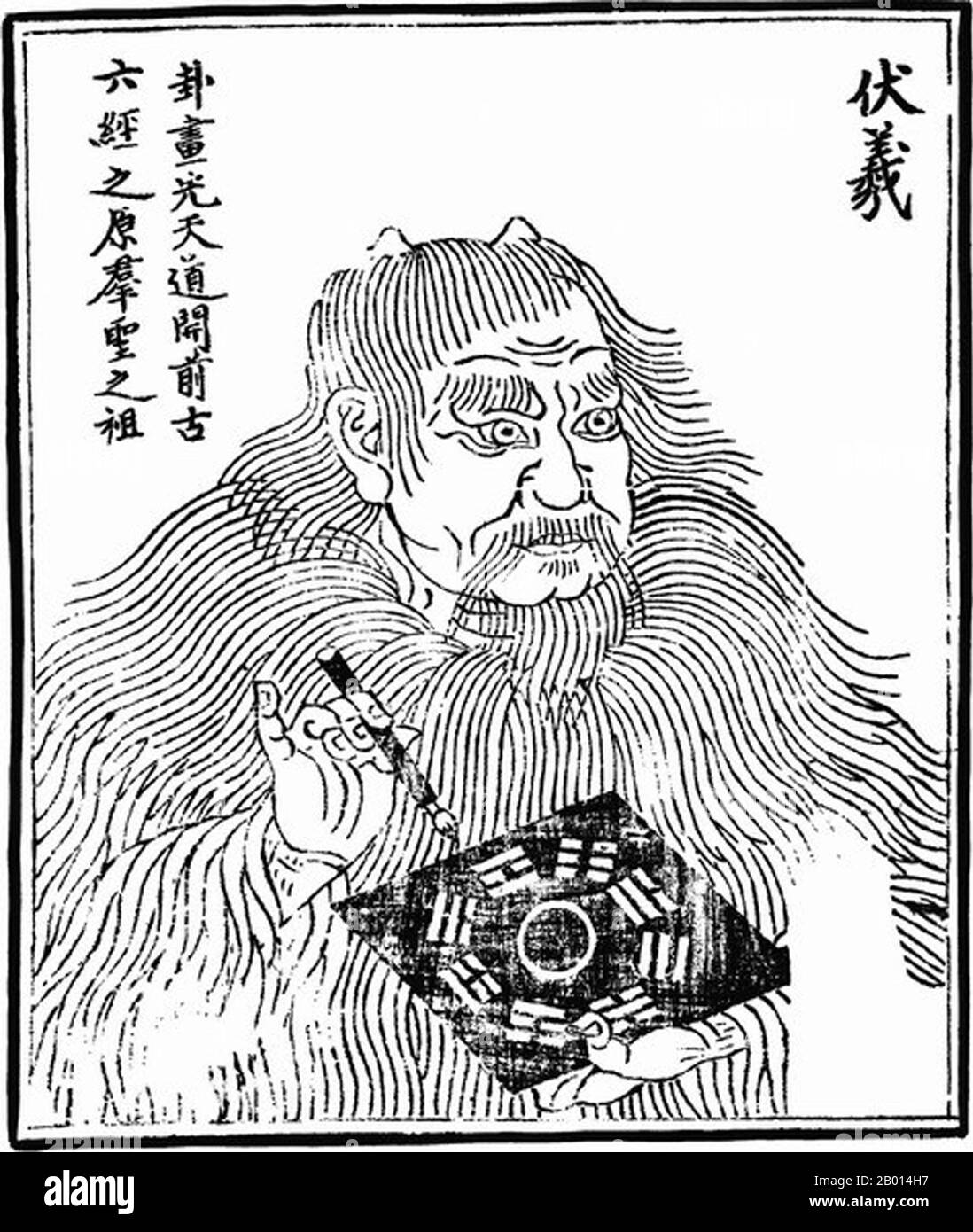 China: Sovereign Fuxi (mid 29th century BCE), cultural hero and creator deity. Illustration, c. 1498. Fu Xi or Fu Hsi was the first of the Three Sovereigns (sanhuang) of ancient China. He is a cultural hero reputed to be the inventor of writing, music, fishing and trapping. Alongside his sister-wife Nuwa, he was also credited with the creation of humanity from clay figures. The Three Sovereigns and Five Emperors are a blend of mythological rulers and cultural heroes from ancient China dating loosely from the period from c. 3500-2000 BC. Stock Photohttps://www.alamy.com/image-license-details/?v=1https://www.alamy.com/china-sovereign-fuxi-mid-29th-century-bce-cultural-hero-and-creator-deity-illustration-c-1498-fu-xi-or-fu-hsi-was-the-first-of-the-three-sovereigns-sanhuang-of-ancient-china-he-is-a-cultural-hero-reputed-to-be-the-inventor-of-writing-music-fishing-and-trapping-alongside-his-sister-wife-nuwa-he-was-also-credited-with-the-creation-of-humanity-from-clay-figures-the-three-sovereigns-and-five-emperors-are-a-blend-of-mythological-rulers-and-cultural-heroes-from-ancient-china-dating-loosely-from-the-period-from-c-3500-2000-bc-image344232931.html
China: Sovereign Fuxi (mid 29th century BCE), cultural hero and creator deity. Illustration, c. 1498. Fu Xi or Fu Hsi was the first of the Three Sovereigns (sanhuang) of ancient China. He is a cultural hero reputed to be the inventor of writing, music, fishing and trapping. Alongside his sister-wife Nuwa, he was also credited with the creation of humanity from clay figures. The Three Sovereigns and Five Emperors are a blend of mythological rulers and cultural heroes from ancient China dating loosely from the period from c. 3500-2000 BC. Stock Photohttps://www.alamy.com/image-license-details/?v=1https://www.alamy.com/china-sovereign-fuxi-mid-29th-century-bce-cultural-hero-and-creator-deity-illustration-c-1498-fu-xi-or-fu-hsi-was-the-first-of-the-three-sovereigns-sanhuang-of-ancient-china-he-is-a-cultural-hero-reputed-to-be-the-inventor-of-writing-music-fishing-and-trapping-alongside-his-sister-wife-nuwa-he-was-also-credited-with-the-creation-of-humanity-from-clay-figures-the-three-sovereigns-and-five-emperors-are-a-blend-of-mythological-rulers-and-cultural-heroes-from-ancient-china-dating-loosely-from-the-period-from-c-3500-2000-bc-image344232931.htmlRM2B014H7–China: Sovereign Fuxi (mid 29th century BCE), cultural hero and creator deity. Illustration, c. 1498. Fu Xi or Fu Hsi was the first of the Three Sovereigns (sanhuang) of ancient China. He is a cultural hero reputed to be the inventor of writing, music, fishing and trapping. Alongside his sister-wife Nuwa, he was also credited with the creation of humanity from clay figures. The Three Sovereigns and Five Emperors are a blend of mythological rulers and cultural heroes from ancient China dating loosely from the period from c. 3500-2000 BC.
 Old engraved rapresentation of Fuxi, Chinese mythological hero. By unidentified author, published on Magasin Pittoresque, Paris, 1833. Stock Photohttps://www.alamy.com/image-license-details/?v=1https://www.alamy.com/old-engraved-rapresentation-of-fuxi-chinese-mythological-hero-by-unidentified-image151825441.html
Old engraved rapresentation of Fuxi, Chinese mythological hero. By unidentified author, published on Magasin Pittoresque, Paris, 1833. Stock Photohttps://www.alamy.com/image-license-details/?v=1https://www.alamy.com/old-engraved-rapresentation-of-fuxi-chinese-mythological-hero-by-unidentified-image151825441.htmlRFJR06W5–Old engraved rapresentation of Fuxi, Chinese mythological hero. By unidentified author, published on Magasin Pittoresque, Paris, 1833.
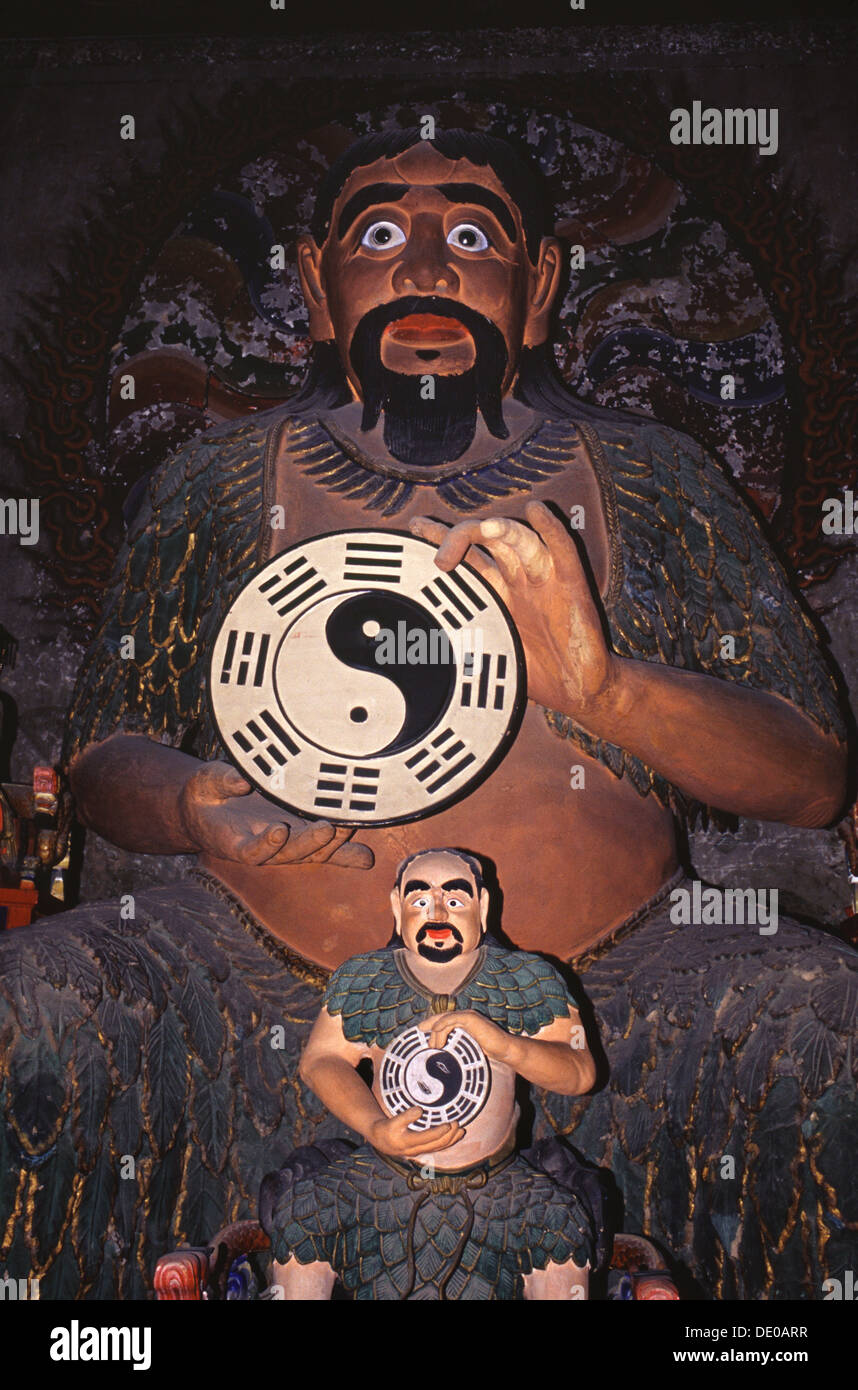 The huge painted statue of Fuxi at Fuxi Temple or Taihao Palace, also known as Renzhong Temple holding the Bagua or Pa Kua, eight trigrams used in Taoist cosmology to represent the fundamental principles of reality, respectively representing yin or yang in Tianshui city Gansu province China Stock Photohttps://www.alamy.com/image-license-details/?v=1https://www.alamy.com/the-huge-painted-statue-of-fuxi-at-fuxi-temple-or-taihao-palace-also-image60244795.html
The huge painted statue of Fuxi at Fuxi Temple or Taihao Palace, also known as Renzhong Temple holding the Bagua or Pa Kua, eight trigrams used in Taoist cosmology to represent the fundamental principles of reality, respectively representing yin or yang in Tianshui city Gansu province China Stock Photohttps://www.alamy.com/image-license-details/?v=1https://www.alamy.com/the-huge-painted-statue-of-fuxi-at-fuxi-temple-or-taihao-palace-also-image60244795.htmlRMDE0ARR–The huge painted statue of Fuxi at Fuxi Temple or Taihao Palace, also known as Renzhong Temple holding the Bagua or Pa Kua, eight trigrams used in Taoist cosmology to represent the fundamental principles of reality, respectively representing yin or yang in Tianshui city Gansu province China
 Bildnummer: 59161973 Datum: 02.02.2010 Copyright: imago/Xinhua (130202) -- ZHENGZHOU (Xinhua) -- gather to commemorate Fu Hsi, a legnedary emperor of China who is regarded as an ancestor of Chinese civilization in Huaiyang County, central China s Henan Province, March 17, 2010. The central China region is regarded as the birthplace of Chinese civilization and here have a tradition to attend the memorials to commemorate ancestors to pray for good fortune in the new year. Chinese who live in the central China region have formed various traditions to celebrate the Chinese Lunar New Year. (Xinhu Stock Photohttps://www.alamy.com/image-license-details/?v=1https://www.alamy.com/bildnummer-59161973-datum-02022010-copyright-imagoxinhua-130202-zhengzhou-xinhua-gather-to-commemorate-fu-hsi-a-legnedary-emperor-of-china-who-is-regarded-as-an-ancestor-of-chinese-civilization-in-huaiyang-county-central-china-s-henan-province-march-17-2010-the-central-china-region-is-regarded-as-the-birthplace-of-chinese-civilization-and-here-have-a-tradition-to-attend-the-memorials-to-commemorate-ancestors-to-pray-for-good-fortune-in-the-new-year-chinese-who-live-in-the-central-china-region-have-formed-various-traditions-to-celebrate-the-chinese-lunar-new-year-xinhu-image563009091.html
Bildnummer: 59161973 Datum: 02.02.2010 Copyright: imago/Xinhua (130202) -- ZHENGZHOU (Xinhua) -- gather to commemorate Fu Hsi, a legnedary emperor of China who is regarded as an ancestor of Chinese civilization in Huaiyang County, central China s Henan Province, March 17, 2010. The central China region is regarded as the birthplace of Chinese civilization and here have a tradition to attend the memorials to commemorate ancestors to pray for good fortune in the new year. Chinese who live in the central China region have formed various traditions to celebrate the Chinese Lunar New Year. (Xinhu Stock Photohttps://www.alamy.com/image-license-details/?v=1https://www.alamy.com/bildnummer-59161973-datum-02022010-copyright-imagoxinhua-130202-zhengzhou-xinhua-gather-to-commemorate-fu-hsi-a-legnedary-emperor-of-china-who-is-regarded-as-an-ancestor-of-chinese-civilization-in-huaiyang-county-central-china-s-henan-province-march-17-2010-the-central-china-region-is-regarded-as-the-birthplace-of-chinese-civilization-and-here-have-a-tradition-to-attend-the-memorials-to-commemorate-ancestors-to-pray-for-good-fortune-in-the-new-year-chinese-who-live-in-the-central-china-region-have-formed-various-traditions-to-celebrate-the-chinese-lunar-new-year-xinhu-image563009091.htmlRM2RKY7RF–Bildnummer: 59161973 Datum: 02.02.2010 Copyright: imago/Xinhua (130202) -- ZHENGZHOU (Xinhua) -- gather to commemorate Fu Hsi, a legnedary emperor of China who is regarded as an ancestor of Chinese civilization in Huaiyang County, central China s Henan Province, March 17, 2010. The central China region is regarded as the birthplace of Chinese civilization and here have a tradition to attend the memorials to commemorate ancestors to pray for good fortune in the new year. Chinese who live in the central China region have formed various traditions to celebrate the Chinese Lunar New Year. (Xinhu
 . English: The Cross sculptured on the famous Nestorian Monument at Hsi-an-fu. It stands in the middle of a dense cloud which is symbolic of Muhammadanism, and upon a lotus, which symbolises Buddhism; its position indicates the triumph of the Luminous Religion of Christ over the religions of Muhammad and the Buddha. The sprays of flowers, one on each side, are said to indicate rebirth and joy. . T'ang dynasty. Unknown Cathayan Nestorian Cross from the Nestorian Stele Stock Photohttps://www.alamy.com/image-license-details/?v=1https://www.alamy.com/english-the-cross-sculptured-on-the-famous-nestorian-monument-at-hsi-an-fu-it-stands-in-the-middle-of-a-dense-cloud-which-is-symbolic-of-muhammadanism-and-upon-a-lotus-which-symbolises-buddhism-its-position-indicates-the-triumph-of-the-luminous-religion-of-christ-over-the-religions-of-muhammad-and-the-buddha-the-sprays-of-flowers-one-on-each-side-are-said-to-indicate-rebirth-and-joy-tang-dynasty-unknown-cathayan-nestorian-cross-from-the-nestorian-stele-image184944598.html
. English: The Cross sculptured on the famous Nestorian Monument at Hsi-an-fu. It stands in the middle of a dense cloud which is symbolic of Muhammadanism, and upon a lotus, which symbolises Buddhism; its position indicates the triumph of the Luminous Religion of Christ over the religions of Muhammad and the Buddha. The sprays of flowers, one on each side, are said to indicate rebirth and joy. . T'ang dynasty. Unknown Cathayan Nestorian Cross from the Nestorian Stele Stock Photohttps://www.alamy.com/image-license-details/?v=1https://www.alamy.com/english-the-cross-sculptured-on-the-famous-nestorian-monument-at-hsi-an-fu-it-stands-in-the-middle-of-a-dense-cloud-which-is-symbolic-of-muhammadanism-and-upon-a-lotus-which-symbolises-buddhism-its-position-indicates-the-triumph-of-the-luminous-religion-of-christ-over-the-religions-of-muhammad-and-the-buddha-the-sprays-of-flowers-one-on-each-side-are-said-to-indicate-rebirth-and-joy-tang-dynasty-unknown-cathayan-nestorian-cross-from-the-nestorian-stele-image184944598.htmlRMMMTXM6–. English: The Cross sculptured on the famous Nestorian Monument at Hsi-an-fu. It stands in the middle of a dense cloud which is symbolic of Muhammadanism, and upon a lotus, which symbolises Buddhism; its position indicates the triumph of the Luminous Religion of Christ over the religions of Muhammad and the Buddha. The sprays of flowers, one on each side, are said to indicate rebirth and joy. . T'ang dynasty. Unknown Cathayan Nestorian Cross from the Nestorian Stele
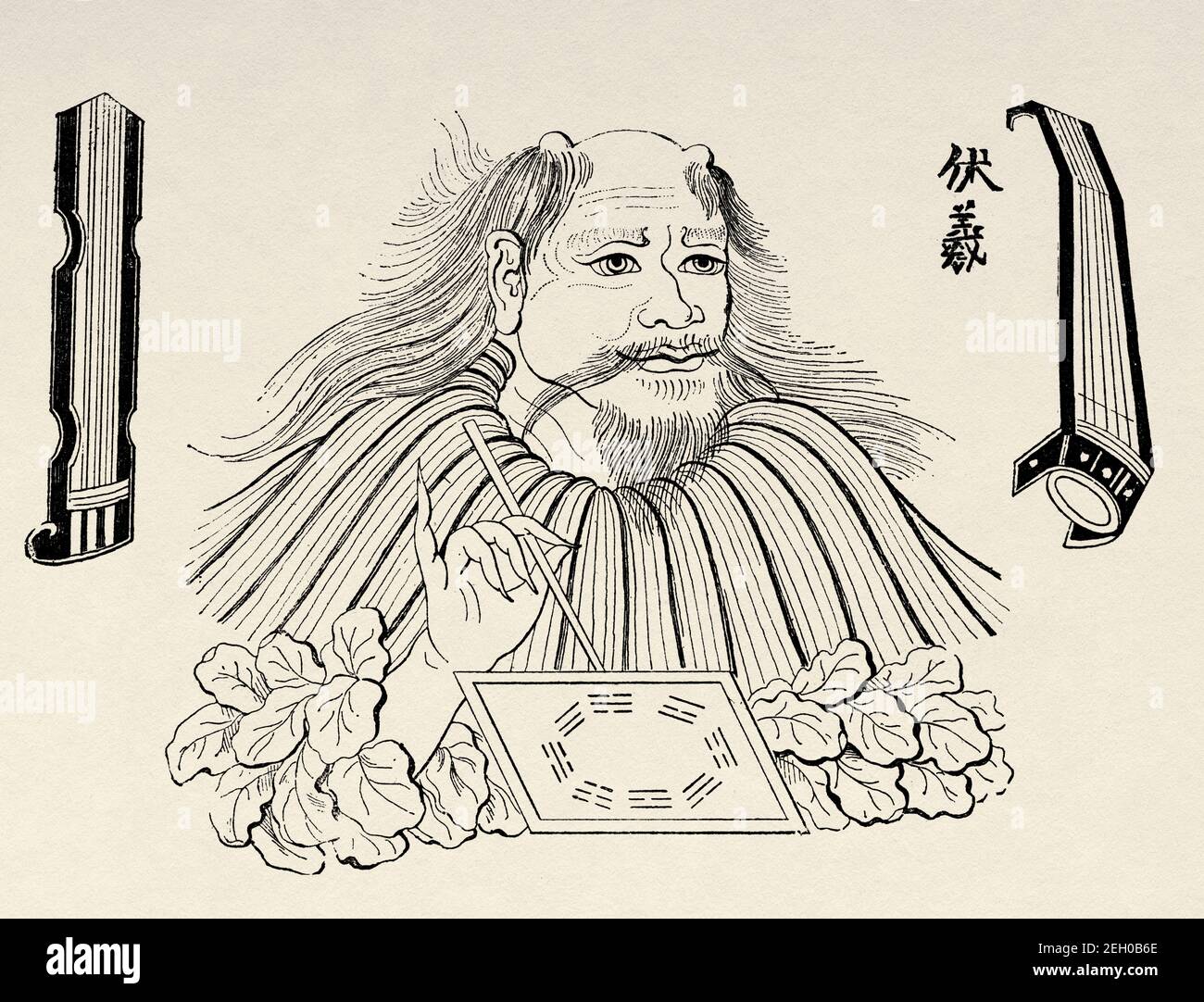 Chinese god of inventions. Fuxi and the musical instruments he invented. He was the first of the legendary San Huang. Ancient China History. Old 19th century engraved illustration from El Mundo Ilustrado 1879 Stock Photohttps://www.alamy.com/image-license-details/?v=1https://www.alamy.com/chinese-god-of-inventions-fuxi-and-the-musical-instruments-he-invented-he-was-the-first-of-the-legendary-san-huang-ancient-china-history-old-19th-century-engraved-illustration-from-el-mundo-ilustrado-1879-image406296422.html
Chinese god of inventions. Fuxi and the musical instruments he invented. He was the first of the legendary San Huang. Ancient China History. Old 19th century engraved illustration from El Mundo Ilustrado 1879 Stock Photohttps://www.alamy.com/image-license-details/?v=1https://www.alamy.com/chinese-god-of-inventions-fuxi-and-the-musical-instruments-he-invented-he-was-the-first-of-the-legendary-san-huang-ancient-china-history-old-19th-century-engraved-illustration-from-el-mundo-ilustrado-1879-image406296422.htmlRM2EH0B6E–Chinese god of inventions. Fuxi and the musical instruments he invented. He was the first of the legendary San Huang. Ancient China History. Old 19th century engraved illustration from El Mundo Ilustrado 1879
![Republic of China's delegation to the Coronation front row, left-to-right): [General Secretary of the Executive Yuan], Weng Wenhao [ Wong Wen-ho ]; Quo Tai-chi [ Guo Taiqi / Kuo T’ai-ch’i ] Chinese Ambassador to London; [ Finance Minister ] Dr H. H. Kung [ Kung Hsiang-hsi ]; Fleet Admiral Chen Shaokuan [ Chen Kuan / Chen Shao-kwan ]; T. K. Tseng [?]; Kuo Ping-Wen [Ping-Wen Kuo / Guo Bingwen] 25 May 1937 [?] [The Chinese mission, which is led by Dr H. H. Kung and Admiral Chen Kuan, consists of Messrs, Yung Wen Ching (chief secretary of the mission), Cheng Yung Pu, Chu Chiang Nien, Chang Fu Yung Stock Photo Republic of China's delegation to the Coronation front row, left-to-right): [General Secretary of the Executive Yuan], Weng Wenhao [ Wong Wen-ho ]; Quo Tai-chi [ Guo Taiqi / Kuo T’ai-ch’i ] Chinese Ambassador to London; [ Finance Minister ] Dr H. H. Kung [ Kung Hsiang-hsi ]; Fleet Admiral Chen Shaokuan [ Chen Kuan / Chen Shao-kwan ]; T. K. Tseng [?]; Kuo Ping-Wen [Ping-Wen Kuo / Guo Bingwen] 25 May 1937 [?] [The Chinese mission, which is led by Dr H. H. Kung and Admiral Chen Kuan, consists of Messrs, Yung Wen Ching (chief secretary of the mission), Cheng Yung Pu, Chu Chiang Nien, Chang Fu Yung Stock Photo](https://c8.alamy.com/comp/2BW1XE6/republic-of-chinas-delegation-to-the-coronation-front-row-left-to-right-general-secretary-of-the-executive-yuan-weng-wenhao-wong-wen-ho-quo-tai-chi-guo-taiqi-kuo-tai-chi-chinese-ambassador-to-london-finance-minister-dr-h-h-kung-kung-hsiang-hsi-fleet-admiral-chen-shaokuan-chen-kuan-chen-shao-kwan-t-k-tseng-kuo-ping-wen-ping-wen-kuo-guo-bingwen-25-may-1937-the-chinese-mission-which-is-led-by-dr-h-h-kung-and-admiral-chen-kuan-consists-of-messrs-yung-wen-ching-chief-secretary-of-the-mission-cheng-yung-pu-chu-chiang-nien-chang-fu-yung-2BW1XE6.jpg) Republic of China's delegation to the Coronation front row, left-to-right): [General Secretary of the Executive Yuan], Weng Wenhao [ Wong Wen-ho ]; Quo Tai-chi [ Guo Taiqi / Kuo T’ai-ch’i ] Chinese Ambassador to London; [ Finance Minister ] Dr H. H. Kung [ Kung Hsiang-hsi ]; Fleet Admiral Chen Shaokuan [ Chen Kuan / Chen Shao-kwan ]; T. K. Tseng [?]; Kuo Ping-Wen [Ping-Wen Kuo / Guo Bingwen] 25 May 1937 [?] [The Chinese mission, which is led by Dr H. H. Kung and Admiral Chen Kuan, consists of Messrs, Yung Wen Ching (chief secretary of the mission), Cheng Yung Pu, Chu Chiang Nien, Chang Fu Yung Stock Photohttps://www.alamy.com/image-license-details/?v=1https://www.alamy.com/republic-of-chinas-delegation-to-the-coronation-front-row-left-to-right-general-secretary-of-the-executive-yuan-weng-wenhao-wong-wen-ho-quo-tai-chi-guo-taiqi-kuo-tai-chi-chinese-ambassador-to-london-finance-minister-dr-h-h-kung-kung-hsiang-hsi-fleet-admiral-chen-shaokuan-chen-kuan-chen-shao-kwan-t-k-tseng-kuo-ping-wen-ping-wen-kuo-guo-bingwen-25-may-1937-the-chinese-mission-which-is-led-by-dr-h-h-kung-and-admiral-chen-kuan-consists-of-messrs-yung-wen-ching-chief-secretary-of-the-mission-cheng-yung-pu-chu-chiang-nien-chang-fu-yung-image359616494.html
Republic of China's delegation to the Coronation front row, left-to-right): [General Secretary of the Executive Yuan], Weng Wenhao [ Wong Wen-ho ]; Quo Tai-chi [ Guo Taiqi / Kuo T’ai-ch’i ] Chinese Ambassador to London; [ Finance Minister ] Dr H. H. Kung [ Kung Hsiang-hsi ]; Fleet Admiral Chen Shaokuan [ Chen Kuan / Chen Shao-kwan ]; T. K. Tseng [?]; Kuo Ping-Wen [Ping-Wen Kuo / Guo Bingwen] 25 May 1937 [?] [The Chinese mission, which is led by Dr H. H. Kung and Admiral Chen Kuan, consists of Messrs, Yung Wen Ching (chief secretary of the mission), Cheng Yung Pu, Chu Chiang Nien, Chang Fu Yung Stock Photohttps://www.alamy.com/image-license-details/?v=1https://www.alamy.com/republic-of-chinas-delegation-to-the-coronation-front-row-left-to-right-general-secretary-of-the-executive-yuan-weng-wenhao-wong-wen-ho-quo-tai-chi-guo-taiqi-kuo-tai-chi-chinese-ambassador-to-london-finance-minister-dr-h-h-kung-kung-hsiang-hsi-fleet-admiral-chen-shaokuan-chen-kuan-chen-shao-kwan-t-k-tseng-kuo-ping-wen-ping-wen-kuo-guo-bingwen-25-may-1937-the-chinese-mission-which-is-led-by-dr-h-h-kung-and-admiral-chen-kuan-consists-of-messrs-yung-wen-ching-chief-secretary-of-the-mission-cheng-yung-pu-chu-chiang-nien-chang-fu-yung-image359616494.htmlRM2BW1XE6–Republic of China's delegation to the Coronation front row, left-to-right): [General Secretary of the Executive Yuan], Weng Wenhao [ Wong Wen-ho ]; Quo Tai-chi [ Guo Taiqi / Kuo T’ai-ch’i ] Chinese Ambassador to London; [ Finance Minister ] Dr H. H. Kung [ Kung Hsiang-hsi ]; Fleet Admiral Chen Shaokuan [ Chen Kuan / Chen Shao-kwan ]; T. K. Tseng [?]; Kuo Ping-Wen [Ping-Wen Kuo / Guo Bingwen] 25 May 1937 [?] [The Chinese mission, which is led by Dr H. H. Kung and Admiral Chen Kuan, consists of Messrs, Yung Wen Ching (chief secretary of the mission), Cheng Yung Pu, Chu Chiang Nien, Chang Fu Yung
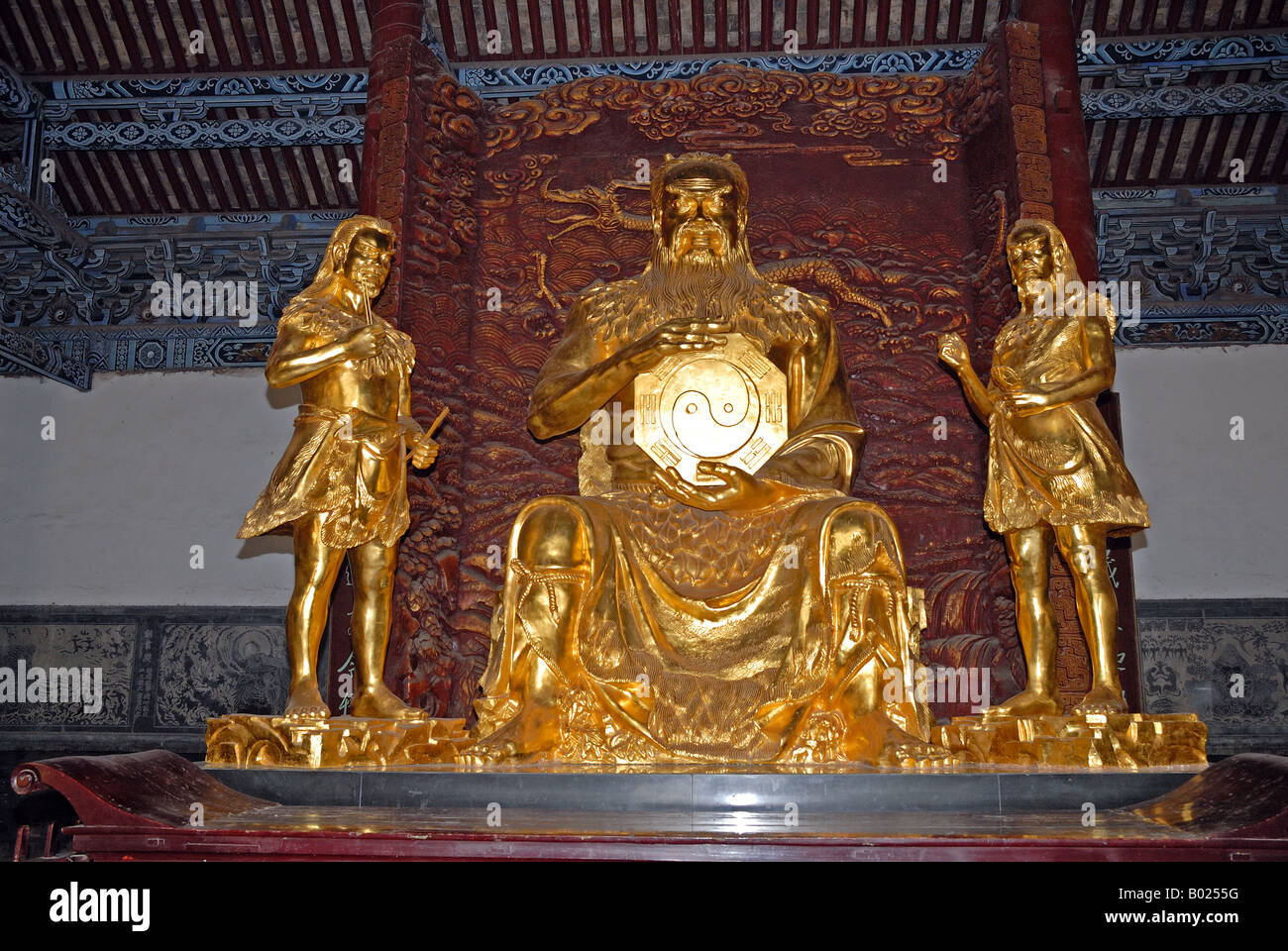 Gold male figures of the emperor Taihao also called Fu Xi and two attendants Tong Tian Hall Taihao Mausoleum Taihao Ling Caihe Stock Photohttps://www.alamy.com/image-license-details/?v=1https://www.alamy.com/stock-photo-gold-male-figures-of-the-emperor-taihao-also-called-fu-xi-and-two-17258348.html
Gold male figures of the emperor Taihao also called Fu Xi and two attendants Tong Tian Hall Taihao Mausoleum Taihao Ling Caihe Stock Photohttps://www.alamy.com/image-license-details/?v=1https://www.alamy.com/stock-photo-gold-male-figures-of-the-emperor-taihao-also-called-fu-xi-and-two-17258348.htmlRMB0255G–Gold male figures of the emperor Taihao also called Fu Xi and two attendants Tong Tian Hall Taihao Mausoleum Taihao Ling Caihe
 . The Chinese empire: a general & missionary survey ... Photo by Memorial Tablet to Fu Hsl One of tlie Memorial Tablets erected to Fu Hsi, the mythical ancestor of man, the reputed author of music,writing, marriage, etc. At the Temple at Chenchow, Honau—the Tai Hao-lins (see illustration on page 159)—agreat festival in his honour is held every spring when thousands of people come from long distances to worshipat his shrine. It is called the Tai Hao-ling festival. At this season over 70,000 women enter the guest-hall i-ling iof the China Inland Mission premises, and an equal number of men. To f Stock Photohttps://www.alamy.com/image-license-details/?v=1https://www.alamy.com/the-chinese-empire-a-general-missionary-survey-photo-by-memorial-tablet-to-fu-hsl-one-of-tlie-memorial-tablets-erected-to-fu-hsi-the-mythical-ancestor-of-man-the-reputed-author-of-musicwriting-marriage-etc-at-the-temple-at-chenchow-honauthe-tai-hao-lins-see-illustration-on-page-159agreat-festival-in-his-honour-is-held-every-spring-when-thousands-of-people-come-from-long-distances-to-worshipat-his-shrine-it-is-called-the-tai-hao-ling-festival-at-this-season-over-70000-women-enter-the-guest-hall-i-ling-iof-the-china-inland-mission-premises-and-an-equal-number-of-men-to-f-image337075372.html
. The Chinese empire: a general & missionary survey ... Photo by Memorial Tablet to Fu Hsl One of tlie Memorial Tablets erected to Fu Hsi, the mythical ancestor of man, the reputed author of music,writing, marriage, etc. At the Temple at Chenchow, Honau—the Tai Hao-lins (see illustration on page 159)—agreat festival in his honour is held every spring when thousands of people come from long distances to worshipat his shrine. It is called the Tai Hao-ling festival. At this season over 70,000 women enter the guest-hall i-ling iof the China Inland Mission premises, and an equal number of men. To f Stock Photohttps://www.alamy.com/image-license-details/?v=1https://www.alamy.com/the-chinese-empire-a-general-missionary-survey-photo-by-memorial-tablet-to-fu-hsl-one-of-tlie-memorial-tablets-erected-to-fu-hsi-the-mythical-ancestor-of-man-the-reputed-author-of-musicwriting-marriage-etc-at-the-temple-at-chenchow-honauthe-tai-hao-lins-see-illustration-on-page-159agreat-festival-in-his-honour-is-held-every-spring-when-thousands-of-people-come-from-long-distances-to-worshipat-his-shrine-it-is-called-the-tai-hao-ling-festival-at-this-season-over-70000-women-enter-the-guest-hall-i-ling-iof-the-china-inland-mission-premises-and-an-equal-number-of-men-to-f-image337075372.htmlRM2AGB324–. The Chinese empire: a general & missionary survey ... Photo by Memorial Tablet to Fu Hsl One of tlie Memorial Tablets erected to Fu Hsi, the mythical ancestor of man, the reputed author of music,writing, marriage, etc. At the Temple at Chenchow, Honau—the Tai Hao-lins (see illustration on page 159)—agreat festival in his honour is held every spring when thousands of people come from long distances to worshipat his shrine. It is called the Tai Hao-ling festival. At this season over 70,000 women enter the guest-hall i-ling iof the China Inland Mission premises, and an equal number of men. To f
 Three Gods, Founders of Chinese Medicine Stock Photohttps://www.alamy.com/image-license-details/?v=1https://www.alamy.com/stock-photo-three-gods-founders-of-chinese-medicine-135097271.html
Three Gods, Founders of Chinese Medicine Stock Photohttps://www.alamy.com/image-license-details/?v=1https://www.alamy.com/stock-photo-three-gods-founders-of-chinese-medicine-135097271.htmlRMHRP5XF–Three Gods, Founders of Chinese Medicine
 A comprehensive map delineating heaven and earth and the myriad countries of the world and ancient and modern human affairs . Ch'ien-k'un wan-kuo ch'üan-t'u ku-chin jen-wu shih-chi / Ch'ang-chou fu Wu-hsi hsien ju-hsüeh hsün-tao ssu jen Liang Chou chin chien. Source: Maps * 920.(557.). Language: Chinese. Stock Photohttps://www.alamy.com/image-license-details/?v=1https://www.alamy.com/a-comprehensive-map-delineating-heaven-and-earth-and-the-myriad-countries-of-the-world-and-ancient-and-modern-human-affairs-chien-kun-wan-kuo-chuan-tu-ku-chin-jen-wu-shih-chi-chang-chou-fu-wu-hsi-hsien-ju-hsueh-hsun-tao-ssu-jen-liang-chou-chin-chien-source-maps-920557-language-chinese-image226864077.html
A comprehensive map delineating heaven and earth and the myriad countries of the world and ancient and modern human affairs . Ch'ien-k'un wan-kuo ch'üan-t'u ku-chin jen-wu shih-chi / Ch'ang-chou fu Wu-hsi hsien ju-hsüeh hsün-tao ssu jen Liang Chou chin chien. Source: Maps * 920.(557.). Language: Chinese. Stock Photohttps://www.alamy.com/image-license-details/?v=1https://www.alamy.com/a-comprehensive-map-delineating-heaven-and-earth-and-the-myriad-countries-of-the-world-and-ancient-and-modern-human-affairs-chien-kun-wan-kuo-chuan-tu-ku-chin-jen-wu-shih-chi-chang-chou-fu-wu-hsi-hsien-ju-hsueh-hsun-tao-ssu-jen-liang-chou-chin-chien-source-maps-920557-language-chinese-image226864077.htmlRMR52FCD–A comprehensive map delineating heaven and earth and the myriad countries of the world and ancient and modern human affairs . Ch'ien-k'un wan-kuo ch'üan-t'u ku-chin jen-wu shih-chi / Ch'ang-chou fu Wu-hsi hsien ju-hsüeh hsün-tao ssu jen Liang Chou chin chien. Source: Maps * 920.(557.). Language: Chinese.
 Steles in the Fuxi Divinatory Pavilion, Shangcai, Henan , China Stock Photohttps://www.alamy.com/image-license-details/?v=1https://www.alamy.com/stock-photo-steles-in-the-fuxi-divinatory-pavilion-shangcai-henan-china-41910292.html
Steles in the Fuxi Divinatory Pavilion, Shangcai, Henan , China Stock Photohttps://www.alamy.com/image-license-details/?v=1https://www.alamy.com/stock-photo-steles-in-the-fuxi-divinatory-pavilion-shangcai-henan-china-41910292.htmlRMCC5504–Steles in the Fuxi Divinatory Pavilion, Shangcai, Henan , China
 Rubbings of the Li Ssu-hsun, 13th century, Li Yung, Chinese, 678 - 747, 3/4 x 6 3/16 x 13 1/8 in. (1.91 x 15.72 x 33.34 cm), Ink on paper, China, 13th century, This album of rubbings was made during the thirteenth century from a stone tablet engraved in 720 by Li Yung, one of the most popular Tang dynasty calligraphers. The running script (hsing-shu) text is taken from the memorial tablet of the famous general Li Ssu-shun. Li Yung specialized in memorial engraving, completing more than 800 in his lifetime and amassing a small fortune in the process. Stock Photohttps://www.alamy.com/image-license-details/?v=1https://www.alamy.com/rubbings-of-the-li-ssu-hsun-13th-century-li-yung-chinese-678-747-34-x-6-316-x-13-18-in-191-x-1572-x-3334-cm-ink-on-paper-china-13th-century-this-album-of-rubbings-was-made-during-the-thirteenth-century-from-a-stone-tablet-engraved-in-720-by-li-yung-one-of-the-most-popular-tang-dynasty-calligraphers-the-running-script-hsing-shu-text-is-taken-from-the-memorial-tablet-of-the-famous-general-li-ssu-shun-li-yung-specialized-in-memorial-engraving-completing-more-than-800-in-his-lifetime-and-amassing-a-small-fortune-in-the-process-image573506679.html
Rubbings of the Li Ssu-hsun, 13th century, Li Yung, Chinese, 678 - 747, 3/4 x 6 3/16 x 13 1/8 in. (1.91 x 15.72 x 33.34 cm), Ink on paper, China, 13th century, This album of rubbings was made during the thirteenth century from a stone tablet engraved in 720 by Li Yung, one of the most popular Tang dynasty calligraphers. The running script (hsing-shu) text is taken from the memorial tablet of the famous general Li Ssu-shun. Li Yung specialized in memorial engraving, completing more than 800 in his lifetime and amassing a small fortune in the process. Stock Photohttps://www.alamy.com/image-license-details/?v=1https://www.alamy.com/rubbings-of-the-li-ssu-hsun-13th-century-li-yung-chinese-678-747-34-x-6-316-x-13-18-in-191-x-1572-x-3334-cm-ink-on-paper-china-13th-century-this-album-of-rubbings-was-made-during-the-thirteenth-century-from-a-stone-tablet-engraved-in-720-by-li-yung-one-of-the-most-popular-tang-dynasty-calligraphers-the-running-script-hsing-shu-text-is-taken-from-the-memorial-tablet-of-the-famous-general-li-ssu-shun-li-yung-specialized-in-memorial-engraving-completing-more-than-800-in-his-lifetime-and-amassing-a-small-fortune-in-the-process-image573506679.htmlRM2T91DHB–Rubbings of the Li Ssu-hsun, 13th century, Li Yung, Chinese, 678 - 747, 3/4 x 6 3/16 x 13 1/8 in. (1.91 x 15.72 x 33.34 cm), Ink on paper, China, 13th century, This album of rubbings was made during the thirteenth century from a stone tablet engraved in 720 by Li Yung, one of the most popular Tang dynasty calligraphers. The running script (hsing-shu) text is taken from the memorial tablet of the famous general Li Ssu-shun. Li Yung specialized in memorial engraving, completing more than 800 in his lifetime and amassing a small fortune in the process.
 China: 'Fu Xi and Turtle'. Hanging scroll painting by Ma Lin (1180-1256), 13th century. Fu Xi or Fu Hsi (mid 29th century BCE), was the first of the Three Sovereigns (sanhuang) of ancient China. He is a cultural hero reputed to be the inventor of writing, fishing, and trapping. However Cangjie is also said to have invented writing. According to legend, the land was swept by a great flood and only Fu Xi and his sister Nuwa survived. In the Kunlun Mountains, they prayed for a sign from the Emperor of Heaven. The divine being approved their union and the siblings set about procreating humanity. Stock Photohttps://www.alamy.com/image-license-details/?v=1https://www.alamy.com/china-fu-xi-and-turtle-hanging-scroll-painting-by-ma-lin-1180-1256-13th-century-fu-xi-or-fu-hsi-mid-29th-century-bce-was-the-first-of-the-three-sovereigns-sanhuang-of-ancient-china-he-is-a-cultural-hero-reputed-to-be-the-inventor-of-writing-fishing-and-trapping-however-cangjie-is-also-said-to-have-invented-writing-according-to-legend-the-land-was-swept-by-a-great-flood-and-only-fu-xi-and-his-sister-nuwa-survived-in-the-kunlun-mountains-they-prayed-for-a-sign-from-the-emperor-of-heaven-the-divine-being-approved-their-union-and-the-siblings-set-about-procreating-humanity-image344231314.html
China: 'Fu Xi and Turtle'. Hanging scroll painting by Ma Lin (1180-1256), 13th century. Fu Xi or Fu Hsi (mid 29th century BCE), was the first of the Three Sovereigns (sanhuang) of ancient China. He is a cultural hero reputed to be the inventor of writing, fishing, and trapping. However Cangjie is also said to have invented writing. According to legend, the land was swept by a great flood and only Fu Xi and his sister Nuwa survived. In the Kunlun Mountains, they prayed for a sign from the Emperor of Heaven. The divine being approved their union and the siblings set about procreating humanity. Stock Photohttps://www.alamy.com/image-license-details/?v=1https://www.alamy.com/china-fu-xi-and-turtle-hanging-scroll-painting-by-ma-lin-1180-1256-13th-century-fu-xi-or-fu-hsi-mid-29th-century-bce-was-the-first-of-the-three-sovereigns-sanhuang-of-ancient-china-he-is-a-cultural-hero-reputed-to-be-the-inventor-of-writing-fishing-and-trapping-however-cangjie-is-also-said-to-have-invented-writing-according-to-legend-the-land-was-swept-by-a-great-flood-and-only-fu-xi-and-his-sister-nuwa-survived-in-the-kunlun-mountains-they-prayed-for-a-sign-from-the-emperor-of-heaven-the-divine-being-approved-their-union-and-the-siblings-set-about-procreating-humanity-image344231314.htmlRM2B012FE–China: 'Fu Xi and Turtle'. Hanging scroll painting by Ma Lin (1180-1256), 13th century. Fu Xi or Fu Hsi (mid 29th century BCE), was the first of the Three Sovereigns (sanhuang) of ancient China. He is a cultural hero reputed to be the inventor of writing, fishing, and trapping. However Cangjie is also said to have invented writing. According to legend, the land was swept by a great flood and only Fu Xi and his sister Nuwa survived. In the Kunlun Mountains, they prayed for a sign from the Emperor of Heaven. The divine being approved their union and the siblings set about procreating humanity.
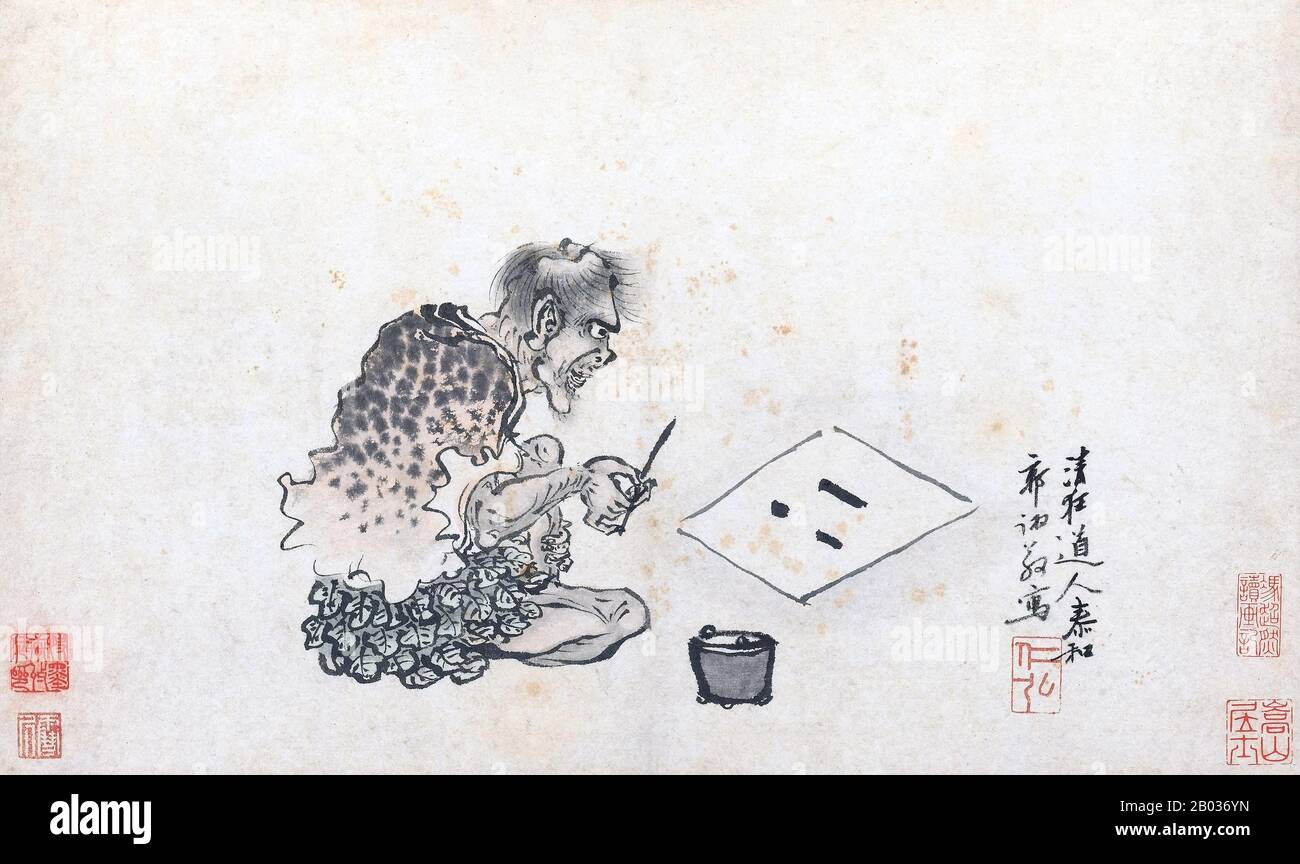 Fuxi, alongside his wife/sister Nuwa, was an important deity in Chinese mythology and folk religion. Like his sister, he is often depicted with serpentine qualities, sometimes with the upper body of a man and the lower body of a snake or just a human head on a snake's body. He is counted as the first of the Three Sovereigns at the beginning of the Chinese dynastic period. After Pangu created the universe and the world, he birthed a powerful being known as Hua Hsu, who in turn birthed the twins Fuxi and Nuwa. They were said to be the 'original humans', and together they forged humanity out of Stock Photohttps://www.alamy.com/image-license-details/?v=1https://www.alamy.com/fuxi-alongside-his-wifesister-nuwa-was-an-important-deity-in-chinese-mythology-and-folk-religion-like-his-sister-he-is-often-depicted-with-serpentine-qualities-sometimes-with-the-upper-body-of-a-man-and-the-lower-body-of-a-snake-or-just-a-human-head-on-a-snakes-body-he-is-counted-as-the-first-of-the-three-sovereigns-at-the-beginning-of-the-chinese-dynastic-period-after-pangu-created-the-universe-and-the-world-he-birthed-a-powerful-being-known-as-hua-hsu-who-in-turn-birthed-the-twins-fuxi-and-nuwa-they-were-said-to-be-the-original-humans-and-together-they-forged-humanity-out-of-image344278697.html
Fuxi, alongside his wife/sister Nuwa, was an important deity in Chinese mythology and folk religion. Like his sister, he is often depicted with serpentine qualities, sometimes with the upper body of a man and the lower body of a snake or just a human head on a snake's body. He is counted as the first of the Three Sovereigns at the beginning of the Chinese dynastic period. After Pangu created the universe and the world, he birthed a powerful being known as Hua Hsu, who in turn birthed the twins Fuxi and Nuwa. They were said to be the 'original humans', and together they forged humanity out of Stock Photohttps://www.alamy.com/image-license-details/?v=1https://www.alamy.com/fuxi-alongside-his-wifesister-nuwa-was-an-important-deity-in-chinese-mythology-and-folk-religion-like-his-sister-he-is-often-depicted-with-serpentine-qualities-sometimes-with-the-upper-body-of-a-man-and-the-lower-body-of-a-snake-or-just-a-human-head-on-a-snakes-body-he-is-counted-as-the-first-of-the-three-sovereigns-at-the-beginning-of-the-chinese-dynastic-period-after-pangu-created-the-universe-and-the-world-he-birthed-a-powerful-being-known-as-hua-hsu-who-in-turn-birthed-the-twins-fuxi-and-nuwa-they-were-said-to-be-the-original-humans-and-together-they-forged-humanity-out-of-image344278697.htmlRM2B036YN–Fuxi, alongside his wife/sister Nuwa, was an important deity in Chinese mythology and folk religion. Like his sister, he is often depicted with serpentine qualities, sometimes with the upper body of a man and the lower body of a snake or just a human head on a snake's body. He is counted as the first of the Three Sovereigns at the beginning of the Chinese dynastic period. After Pangu created the universe and the world, he birthed a powerful being known as Hua Hsu, who in turn birthed the twins Fuxi and Nuwa. They were said to be the 'original humans', and together they forged humanity out of
 . English: The Cross sculptured on the famous Nestorian Monument at Hsi-an-fu. It stands in the middle of a dense cloud which is symbolic of Muhammadanism, and upon a lotus, which symbolises Buddhism; its position indicates the triumph of the Luminous Religion of Christ over the religions of Muhammad and the Buddha. The sprays of flowers, one on each side, are said to indicate rebirth and joy. . T'ang dynasty. Unknown Cathayan Nestorian Cross from the Nestorian Stele (with inscription) Stock Photohttps://www.alamy.com/image-license-details/?v=1https://www.alamy.com/english-the-cross-sculptured-on-the-famous-nestorian-monument-at-hsi-an-fu-it-stands-in-the-middle-of-a-dense-cloud-which-is-symbolic-of-muhammadanism-and-upon-a-lotus-which-symbolises-buddhism-its-position-indicates-the-triumph-of-the-luminous-religion-of-christ-over-the-religions-of-muhammad-and-the-buddha-the-sprays-of-flowers-one-on-each-side-are-said-to-indicate-rebirth-and-joy-tang-dynasty-unknown-cathayan-nestorian-cross-from-the-nestorian-stele-with-inscription-image184944603.html
. English: The Cross sculptured on the famous Nestorian Monument at Hsi-an-fu. It stands in the middle of a dense cloud which is symbolic of Muhammadanism, and upon a lotus, which symbolises Buddhism; its position indicates the triumph of the Luminous Religion of Christ over the religions of Muhammad and the Buddha. The sprays of flowers, one on each side, are said to indicate rebirth and joy. . T'ang dynasty. Unknown Cathayan Nestorian Cross from the Nestorian Stele (with inscription) Stock Photohttps://www.alamy.com/image-license-details/?v=1https://www.alamy.com/english-the-cross-sculptured-on-the-famous-nestorian-monument-at-hsi-an-fu-it-stands-in-the-middle-of-a-dense-cloud-which-is-symbolic-of-muhammadanism-and-upon-a-lotus-which-symbolises-buddhism-its-position-indicates-the-triumph-of-the-luminous-religion-of-christ-over-the-religions-of-muhammad-and-the-buddha-the-sprays-of-flowers-one-on-each-side-are-said-to-indicate-rebirth-and-joy-tang-dynasty-unknown-cathayan-nestorian-cross-from-the-nestorian-stele-with-inscription-image184944603.htmlRMMMTXMB–. English: The Cross sculptured on the famous Nestorian Monument at Hsi-an-fu. It stands in the middle of a dense cloud which is symbolic of Muhammadanism, and upon a lotus, which symbolises Buddhism; its position indicates the triumph of the Luminous Religion of Christ over the religions of Muhammad and the Buddha. The sprays of flowers, one on each side, are said to indicate rebirth and joy. . T'ang dynasty. Unknown Cathayan Nestorian Cross from the Nestorian Stele (with inscription)
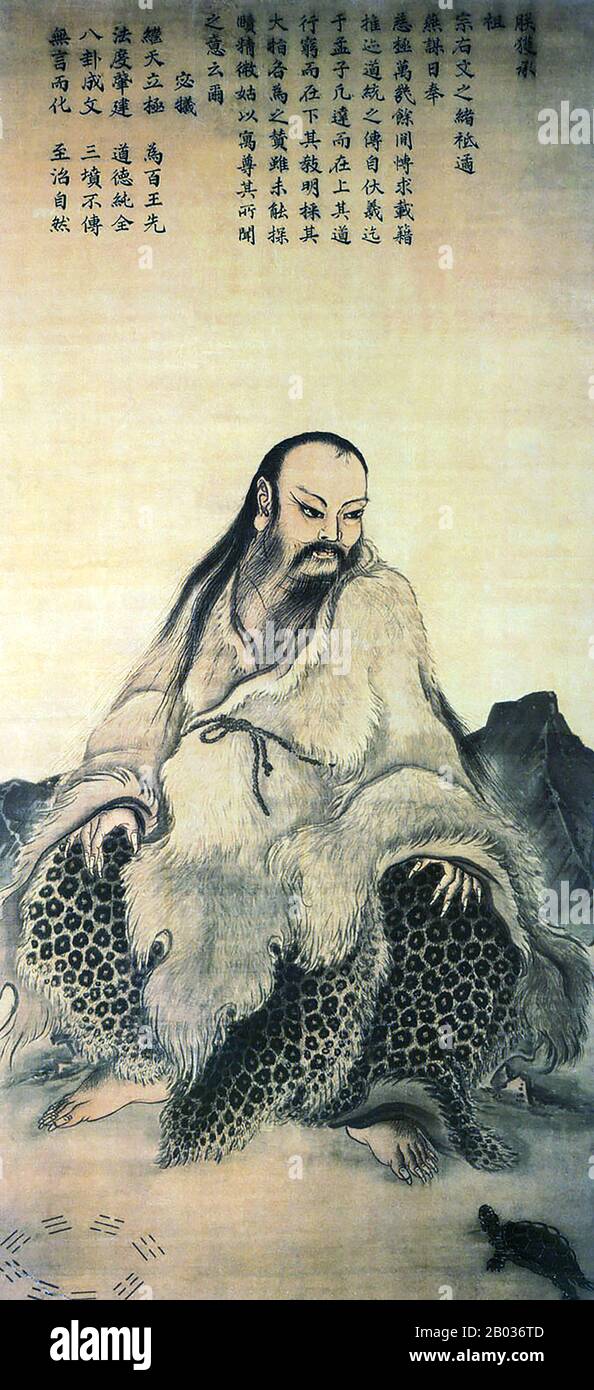 Fuxi, alongside his wife/sister Nuwa, was an important deity in Chinese mythology and folk religion. Like his sister, he is often depicted with serpentine qualities, sometimes with the upper body of a man and the lower body of a snake or just a human head on a snake's body. He is counted as the first of the Three Sovereigns at the beginning of the Chinese dynastic period. After Pangu created the universe and the world, he birthed a powerful being known as Hua Hsu, who in turn birthed the twins Fuxi and Nuwa. They were said to be the 'original humans', and together they forged humanity out of Stock Photohttps://www.alamy.com/image-license-details/?v=1https://www.alamy.com/fuxi-alongside-his-wifesister-nuwa-was-an-important-deity-in-chinese-mythology-and-folk-religion-like-his-sister-he-is-often-depicted-with-serpentine-qualities-sometimes-with-the-upper-body-of-a-man-and-the-lower-body-of-a-snake-or-just-a-human-head-on-a-snakes-body-he-is-counted-as-the-first-of-the-three-sovereigns-at-the-beginning-of-the-chinese-dynastic-period-after-pangu-created-the-universe-and-the-world-he-birthed-a-powerful-being-known-as-hua-hsu-who-in-turn-birthed-the-twins-fuxi-and-nuwa-they-were-said-to-be-the-original-humans-and-together-they-forged-humanity-out-of-image344278605.html
Fuxi, alongside his wife/sister Nuwa, was an important deity in Chinese mythology and folk religion. Like his sister, he is often depicted with serpentine qualities, sometimes with the upper body of a man and the lower body of a snake or just a human head on a snake's body. He is counted as the first of the Three Sovereigns at the beginning of the Chinese dynastic period. After Pangu created the universe and the world, he birthed a powerful being known as Hua Hsu, who in turn birthed the twins Fuxi and Nuwa. They were said to be the 'original humans', and together they forged humanity out of Stock Photohttps://www.alamy.com/image-license-details/?v=1https://www.alamy.com/fuxi-alongside-his-wifesister-nuwa-was-an-important-deity-in-chinese-mythology-and-folk-religion-like-his-sister-he-is-often-depicted-with-serpentine-qualities-sometimes-with-the-upper-body-of-a-man-and-the-lower-body-of-a-snake-or-just-a-human-head-on-a-snakes-body-he-is-counted-as-the-first-of-the-three-sovereigns-at-the-beginning-of-the-chinese-dynastic-period-after-pangu-created-the-universe-and-the-world-he-birthed-a-powerful-being-known-as-hua-hsu-who-in-turn-birthed-the-twins-fuxi-and-nuwa-they-were-said-to-be-the-original-humans-and-together-they-forged-humanity-out-of-image344278605.htmlRM2B036TD–Fuxi, alongside his wife/sister Nuwa, was an important deity in Chinese mythology and folk religion. Like his sister, he is often depicted with serpentine qualities, sometimes with the upper body of a man and the lower body of a snake or just a human head on a snake's body. He is counted as the first of the Three Sovereigns at the beginning of the Chinese dynastic period. After Pangu created the universe and the world, he birthed a powerful being known as Hua Hsu, who in turn birthed the twins Fuxi and Nuwa. They were said to be the 'original humans', and together they forged humanity out of
![Republic of China's delegation to the Coronation front row, left-to-right): [General Secretary of the Executive Yuan], Weng Wenhao [ Wong Wen-ho ]; Quo Tai-chi [ Guo Taiqi / Kuo T’ai-ch’i ] Chinese Ambassador to London; [ Finance Minister ] Dr H. H. Kung [ Kung Hsiang-hsi ]; Fleet Admiral Chen Shaokuan [ Chen Kuan / Chen Shao-kwan ]; T. K. Tseng [?]; Kuo Ping-Wen [Ping-Wen Kuo / Guo Bingwen] 25 May 1937 [?] [The Chinese mission, which is led by Dr H. H. Kung and Admiral Chen Kuan, consists of Messrs, Yung Wen Ching (chief secretary of the mission), Cheng Yung Pu, Chu Chiang Nien, Chang Fu Yung Stock Photo Republic of China's delegation to the Coronation front row, left-to-right): [General Secretary of the Executive Yuan], Weng Wenhao [ Wong Wen-ho ]; Quo Tai-chi [ Guo Taiqi / Kuo T’ai-ch’i ] Chinese Ambassador to London; [ Finance Minister ] Dr H. H. Kung [ Kung Hsiang-hsi ]; Fleet Admiral Chen Shaokuan [ Chen Kuan / Chen Shao-kwan ]; T. K. Tseng [?]; Kuo Ping-Wen [Ping-Wen Kuo / Guo Bingwen] 25 May 1937 [?] [The Chinese mission, which is led by Dr H. H. Kung and Admiral Chen Kuan, consists of Messrs, Yung Wen Ching (chief secretary of the mission), Cheng Yung Pu, Chu Chiang Nien, Chang Fu Yung Stock Photo](https://c8.alamy.com/comp/2BW1XEB/republic-of-chinas-delegation-to-the-coronation-front-row-left-to-right-general-secretary-of-the-executive-yuan-weng-wenhao-wong-wen-ho-quo-tai-chi-guo-taiqi-kuo-tai-chi-chinese-ambassador-to-london-finance-minister-dr-h-h-kung-kung-hsiang-hsi-fleet-admiral-chen-shaokuan-chen-kuan-chen-shao-kwan-t-k-tseng-kuo-ping-wen-ping-wen-kuo-guo-bingwen-25-may-1937-the-chinese-mission-which-is-led-by-dr-h-h-kung-and-admiral-chen-kuan-consists-of-messrs-yung-wen-ching-chief-secretary-of-the-mission-cheng-yung-pu-chu-chiang-nien-chang-fu-yung-2BW1XEB.jpg) Republic of China's delegation to the Coronation front row, left-to-right): [General Secretary of the Executive Yuan], Weng Wenhao [ Wong Wen-ho ]; Quo Tai-chi [ Guo Taiqi / Kuo T’ai-ch’i ] Chinese Ambassador to London; [ Finance Minister ] Dr H. H. Kung [ Kung Hsiang-hsi ]; Fleet Admiral Chen Shaokuan [ Chen Kuan / Chen Shao-kwan ]; T. K. Tseng [?]; Kuo Ping-Wen [Ping-Wen Kuo / Guo Bingwen] 25 May 1937 [?] [The Chinese mission, which is led by Dr H. H. Kung and Admiral Chen Kuan, consists of Messrs, Yung Wen Ching (chief secretary of the mission), Cheng Yung Pu, Chu Chiang Nien, Chang Fu Yung Stock Photohttps://www.alamy.com/image-license-details/?v=1https://www.alamy.com/republic-of-chinas-delegation-to-the-coronation-front-row-left-to-right-general-secretary-of-the-executive-yuan-weng-wenhao-wong-wen-ho-quo-tai-chi-guo-taiqi-kuo-tai-chi-chinese-ambassador-to-london-finance-minister-dr-h-h-kung-kung-hsiang-hsi-fleet-admiral-chen-shaokuan-chen-kuan-chen-shao-kwan-t-k-tseng-kuo-ping-wen-ping-wen-kuo-guo-bingwen-25-may-1937-the-chinese-mission-which-is-led-by-dr-h-h-kung-and-admiral-chen-kuan-consists-of-messrs-yung-wen-ching-chief-secretary-of-the-mission-cheng-yung-pu-chu-chiang-nien-chang-fu-yung-image359616499.html
Republic of China's delegation to the Coronation front row, left-to-right): [General Secretary of the Executive Yuan], Weng Wenhao [ Wong Wen-ho ]; Quo Tai-chi [ Guo Taiqi / Kuo T’ai-ch’i ] Chinese Ambassador to London; [ Finance Minister ] Dr H. H. Kung [ Kung Hsiang-hsi ]; Fleet Admiral Chen Shaokuan [ Chen Kuan / Chen Shao-kwan ]; T. K. Tseng [?]; Kuo Ping-Wen [Ping-Wen Kuo / Guo Bingwen] 25 May 1937 [?] [The Chinese mission, which is led by Dr H. H. Kung and Admiral Chen Kuan, consists of Messrs, Yung Wen Ching (chief secretary of the mission), Cheng Yung Pu, Chu Chiang Nien, Chang Fu Yung Stock Photohttps://www.alamy.com/image-license-details/?v=1https://www.alamy.com/republic-of-chinas-delegation-to-the-coronation-front-row-left-to-right-general-secretary-of-the-executive-yuan-weng-wenhao-wong-wen-ho-quo-tai-chi-guo-taiqi-kuo-tai-chi-chinese-ambassador-to-london-finance-minister-dr-h-h-kung-kung-hsiang-hsi-fleet-admiral-chen-shaokuan-chen-kuan-chen-shao-kwan-t-k-tseng-kuo-ping-wen-ping-wen-kuo-guo-bingwen-25-may-1937-the-chinese-mission-which-is-led-by-dr-h-h-kung-and-admiral-chen-kuan-consists-of-messrs-yung-wen-ching-chief-secretary-of-the-mission-cheng-yung-pu-chu-chiang-nien-chang-fu-yung-image359616499.htmlRM2BW1XEB–Republic of China's delegation to the Coronation front row, left-to-right): [General Secretary of the Executive Yuan], Weng Wenhao [ Wong Wen-ho ]; Quo Tai-chi [ Guo Taiqi / Kuo T’ai-ch’i ] Chinese Ambassador to London; [ Finance Minister ] Dr H. H. Kung [ Kung Hsiang-hsi ]; Fleet Admiral Chen Shaokuan [ Chen Kuan / Chen Shao-kwan ]; T. K. Tseng [?]; Kuo Ping-Wen [Ping-Wen Kuo / Guo Bingwen] 25 May 1937 [?] [The Chinese mission, which is led by Dr H. H. Kung and Admiral Chen Kuan, consists of Messrs, Yung Wen Ching (chief secretary of the mission), Cheng Yung Pu, Chu Chiang Nien, Chang Fu Yung
 Three gold female figures including two attendants Taihao Mausoleum Taihao Ling Caihe river bank Huaiyang County Kaifeng Henan Stock Photohttps://www.alamy.com/image-license-details/?v=1https://www.alamy.com/stock-photo-three-gold-female-figures-including-two-attendants-taihao-mausoleum-17261519.html
Three gold female figures including two attendants Taihao Mausoleum Taihao Ling Caihe river bank Huaiyang County Kaifeng Henan Stock Photohttps://www.alamy.com/image-license-details/?v=1https://www.alamy.com/stock-photo-three-gold-female-figures-including-two-attendants-taihao-mausoleum-17261519.htmlRMB0296R–Three gold female figures including two attendants Taihao Mausoleum Taihao Ling Caihe river bank Huaiyang County Kaifeng Henan
 . The mythology of all races. rable meaning is similar to the usein Western countries of the name of the Deity in swearing. Inthe account of the rites of divination there is a further discussionof the tortoise. The last of the four spiritual animals is the dragon, thoughfrom the viewpoint of antiquity of origin it should be first inthis class. It was a dragon-horse which brought the EightDiagrams to Fu Hsi in 2852 b.c, and a pair of dragons wereseen in the river by the Yellow Emperor. Dragons appearedat opportune times when prosperity was foretold. The dragon vm—8 102 CHINESE MYTHOLOGY can ren Stock Photohttps://www.alamy.com/image-license-details/?v=1https://www.alamy.com/the-mythology-of-all-races-rable-meaning-is-similar-to-the-usein-western-countries-of-the-name-of-the-deity-in-swearing-inthe-account-of-the-rites-of-divination-there-is-a-further-discussionof-the-tortoise-the-last-of-the-four-spiritual-animals-is-the-dragon-thoughfrom-the-viewpoint-of-antiquity-of-origin-it-should-be-first-inthis-class-it-was-a-dragon-horse-which-brought-the-eightdiagrams-to-fu-hsi-in-2852-bc-and-a-pair-of-dragons-wereseen-in-the-river-by-the-yellow-emperor-dragons-appearedat-opportune-times-when-prosperity-was-foretold-the-dragon-vm8-102-chinese-mythology-can-ren-image370774446.html
. The mythology of all races. rable meaning is similar to the usein Western countries of the name of the Deity in swearing. Inthe account of the rites of divination there is a further discussionof the tortoise. The last of the four spiritual animals is the dragon, thoughfrom the viewpoint of antiquity of origin it should be first inthis class. It was a dragon-horse which brought the EightDiagrams to Fu Hsi in 2852 b.c, and a pair of dragons wereseen in the river by the Yellow Emperor. Dragons appearedat opportune times when prosperity was foretold. The dragon vm—8 102 CHINESE MYTHOLOGY can ren Stock Photohttps://www.alamy.com/image-license-details/?v=1https://www.alamy.com/the-mythology-of-all-races-rable-meaning-is-similar-to-the-usein-western-countries-of-the-name-of-the-deity-in-swearing-inthe-account-of-the-rites-of-divination-there-is-a-further-discussionof-the-tortoise-the-last-of-the-four-spiritual-animals-is-the-dragon-thoughfrom-the-viewpoint-of-antiquity-of-origin-it-should-be-first-inthis-class-it-was-a-dragon-horse-which-brought-the-eightdiagrams-to-fu-hsi-in-2852-bc-and-a-pair-of-dragons-wereseen-in-the-river-by-the-yellow-emperor-dragons-appearedat-opportune-times-when-prosperity-was-foretold-the-dragon-vm8-102-chinese-mythology-can-ren-image370774446.htmlRM2CF66GE–. The mythology of all races. rable meaning is similar to the usein Western countries of the name of the Deity in swearing. Inthe account of the rites of divination there is a further discussionof the tortoise. The last of the four spiritual animals is the dragon, thoughfrom the viewpoint of antiquity of origin it should be first inthis class. It was a dragon-horse which brought the EightDiagrams to Fu Hsi in 2852 b.c, and a pair of dragons wereseen in the river by the Yellow Emperor. Dragons appearedat opportune times when prosperity was foretold. The dragon vm—8 102 CHINESE MYTHOLOGY can ren
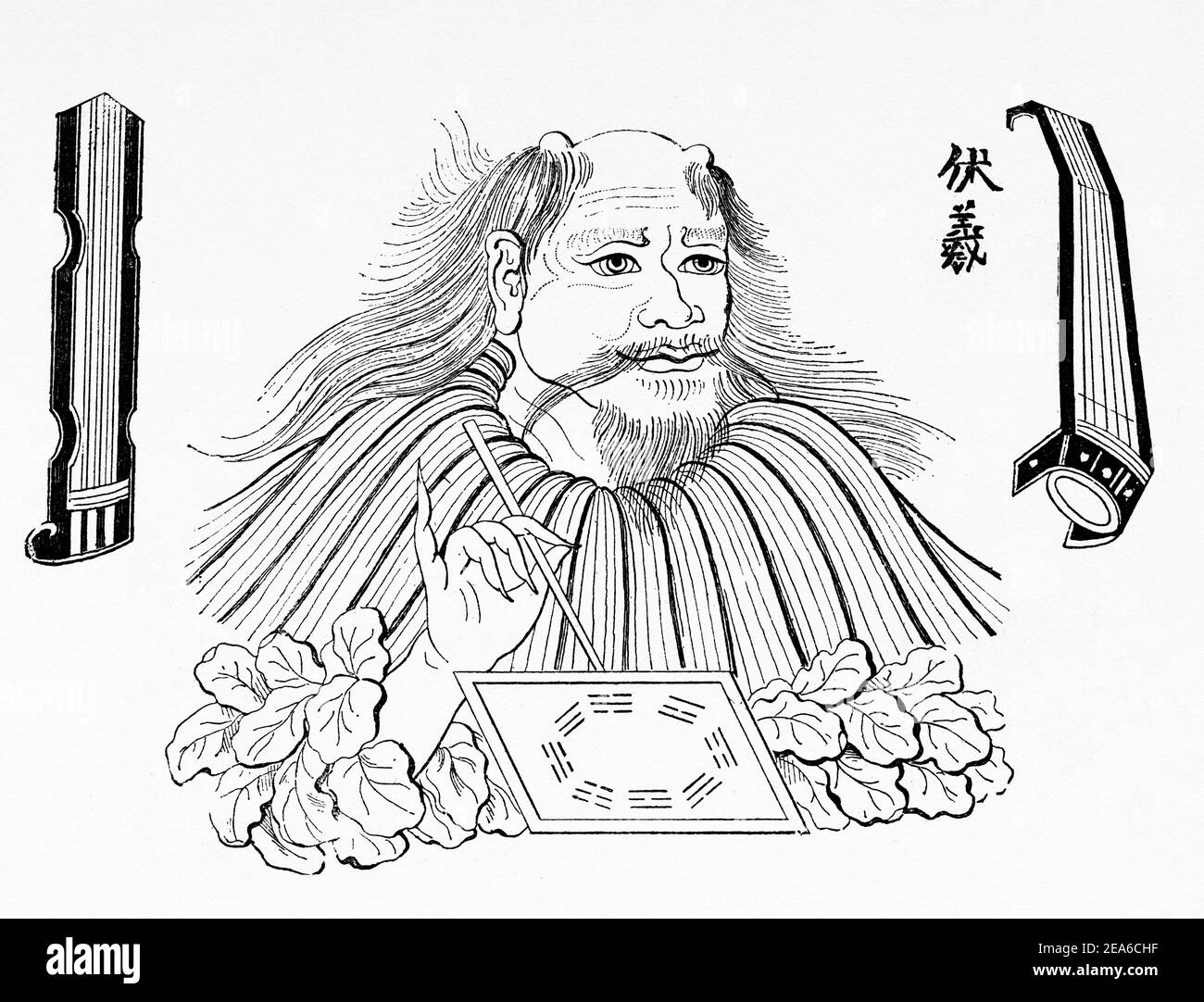 Chinese god of inventions. Fuxi and the musical instruments he invented. He was the first of the legendary San Huang. Ancient China History. Old 19th century engraved illustration from El Mundo Ilustrado 1879 Stock Photohttps://www.alamy.com/image-license-details/?v=1https://www.alamy.com/chinese-god-of-inventions-fuxi-and-the-musical-instruments-he-invented-he-was-the-first-of-the-legendary-san-huang-ancient-china-history-old-19th-century-engraved-illustration-from-el-mundo-ilustrado-1879-image402126635.html
Chinese god of inventions. Fuxi and the musical instruments he invented. He was the first of the legendary San Huang. Ancient China History. Old 19th century engraved illustration from El Mundo Ilustrado 1879 Stock Photohttps://www.alamy.com/image-license-details/?v=1https://www.alamy.com/chinese-god-of-inventions-fuxi-and-the-musical-instruments-he-invented-he-was-the-first-of-the-legendary-san-huang-ancient-china-history-old-19th-century-engraved-illustration-from-el-mundo-ilustrado-1879-image402126635.htmlRM2EA6CHF–Chinese god of inventions. Fuxi and the musical instruments he invented. He was the first of the legendary San Huang. Ancient China History. Old 19th century engraved illustration from El Mundo Ilustrado 1879
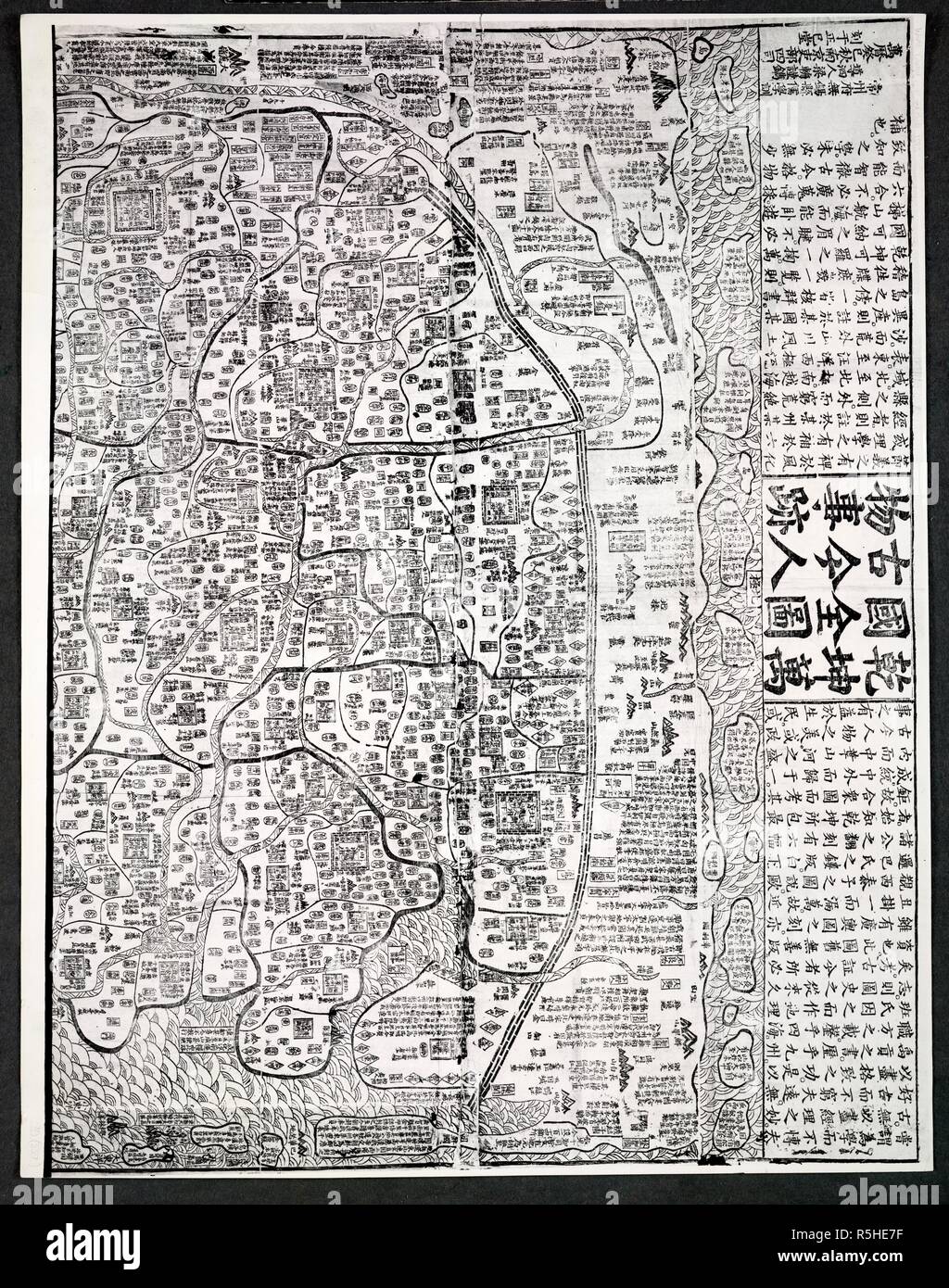 A comprehensive map delineating heaven and earth and the myriad countries of the world and ancient and modern human affairs . Ch'ien-k'un wan-kuo ch'üan-t'u ku-chin jen-wu shih-chi / Ch'ang-chou fu Wu-hsi hsien ju-hsüeh hsün-tao ssu jen Liang Chou chin chien. Source: Maps * 920.(557.). Language: Chinese. Stock Photohttps://www.alamy.com/image-license-details/?v=1https://www.alamy.com/a-comprehensive-map-delineating-heaven-and-earth-and-the-myriad-countries-of-the-world-and-ancient-and-modern-human-affairs-chien-kun-wan-kuo-chuan-tu-ku-chin-jen-wu-shih-chi-chang-chou-fu-wu-hsi-hsien-ju-hsueh-hsun-tao-ssu-jen-liang-chou-chin-chien-source-maps-920557-language-chinese-image227192435.html
A comprehensive map delineating heaven and earth and the myriad countries of the world and ancient and modern human affairs . Ch'ien-k'un wan-kuo ch'üan-t'u ku-chin jen-wu shih-chi / Ch'ang-chou fu Wu-hsi hsien ju-hsüeh hsün-tao ssu jen Liang Chou chin chien. Source: Maps * 920.(557.). Language: Chinese. Stock Photohttps://www.alamy.com/image-license-details/?v=1https://www.alamy.com/a-comprehensive-map-delineating-heaven-and-earth-and-the-myriad-countries-of-the-world-and-ancient-and-modern-human-affairs-chien-kun-wan-kuo-chuan-tu-ku-chin-jen-wu-shih-chi-chang-chou-fu-wu-hsi-hsien-ju-hsueh-hsun-tao-ssu-jen-liang-chou-chin-chien-source-maps-920557-language-chinese-image227192435.htmlRMR5HE7F–A comprehensive map delineating heaven and earth and the myriad countries of the world and ancient and modern human affairs . Ch'ien-k'un wan-kuo ch'üan-t'u ku-chin jen-wu shih-chi / Ch'ang-chou fu Wu-hsi hsien ju-hsüeh hsün-tao ssu jen Liang Chou chin chien. Source: Maps * 920.(557.). Language: Chinese.
 Name tablet of Fuxi Divinatory Pavilion, Shangcai, Henan , China Stock Photohttps://www.alamy.com/image-license-details/?v=1https://www.alamy.com/stock-photo-name-tablet-of-fuxi-divinatory-pavilion-shangcai-henan-china-41910354.html
Name tablet of Fuxi Divinatory Pavilion, Shangcai, Henan , China Stock Photohttps://www.alamy.com/image-license-details/?v=1https://www.alamy.com/stock-photo-name-tablet-of-fuxi-divinatory-pavilion-shangcai-henan-china-41910354.htmlRMCC552A–Name tablet of Fuxi Divinatory Pavilion, Shangcai, Henan , China
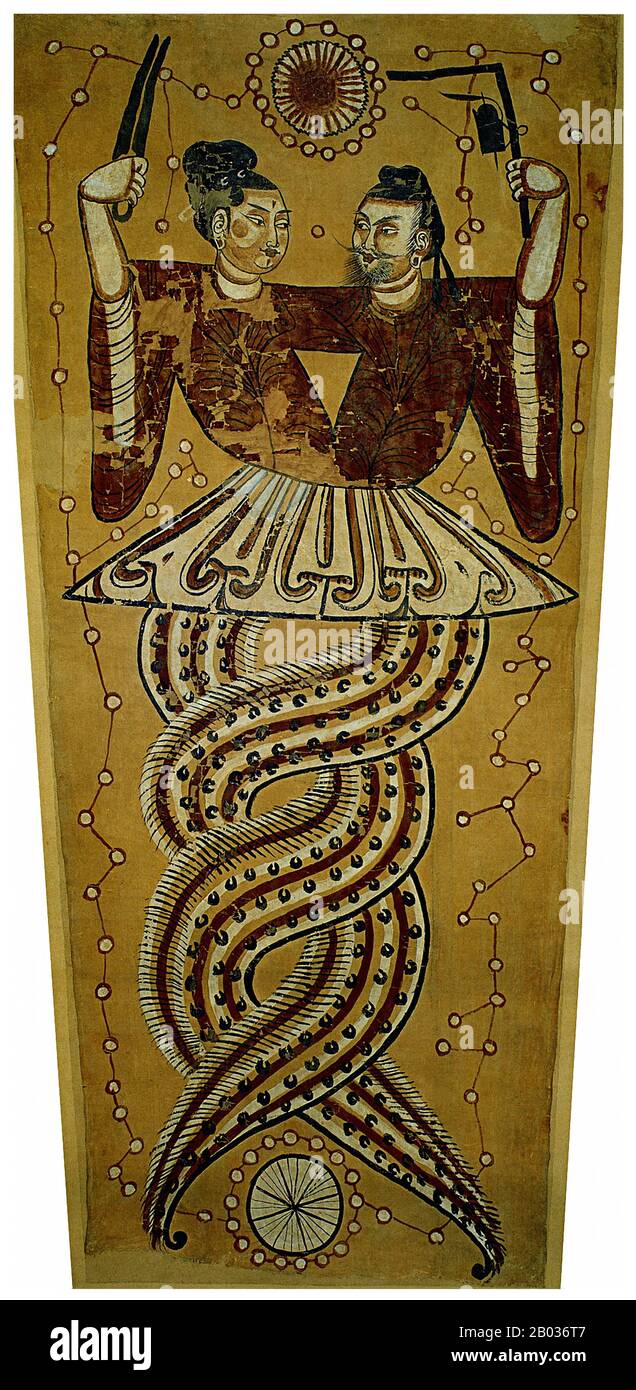 Nuwa, sometimes also known as Nugua, is an ancient Chinese goddess who is most famous for the creation of mankind and repairing the pillar of heaven. She is often depicted as either a woman with a serpentine lower body or even just a woman's head on a serpent's body, earning her the name 'Snake Goddess'. Nuwa and her brother/husband Fuxi forged humanity out of clay, breathing life into them. After a fight between the fire god Zhurong and the sea monster Gong Gong caused the latter to smash into Buzhou Mountain, one of the pillars holding up the sky, calamity ensued. Great floods and much suff Stock Photohttps://www.alamy.com/image-license-details/?v=1https://www.alamy.com/nuwa-sometimes-also-known-as-nugua-is-an-ancient-chinese-goddess-who-is-most-famous-for-the-creation-of-mankind-and-repairing-the-pillar-of-heaven-she-is-often-depicted-as-either-a-woman-with-a-serpentine-lower-body-or-even-just-a-womans-head-on-a-serpents-body-earning-her-the-name-snake-goddess-nuwa-and-her-brotherhusband-fuxi-forged-humanity-out-of-clay-breathing-life-into-them-after-a-fight-between-the-fire-god-zhurong-and-the-sea-monster-gong-gong-caused-the-latter-to-smash-into-buzhou-mountain-one-of-the-pillars-holding-up-the-sky-calamity-ensued-great-floods-and-much-suff-image344278599.html
Nuwa, sometimes also known as Nugua, is an ancient Chinese goddess who is most famous for the creation of mankind and repairing the pillar of heaven. She is often depicted as either a woman with a serpentine lower body or even just a woman's head on a serpent's body, earning her the name 'Snake Goddess'. Nuwa and her brother/husband Fuxi forged humanity out of clay, breathing life into them. After a fight between the fire god Zhurong and the sea monster Gong Gong caused the latter to smash into Buzhou Mountain, one of the pillars holding up the sky, calamity ensued. Great floods and much suff Stock Photohttps://www.alamy.com/image-license-details/?v=1https://www.alamy.com/nuwa-sometimes-also-known-as-nugua-is-an-ancient-chinese-goddess-who-is-most-famous-for-the-creation-of-mankind-and-repairing-the-pillar-of-heaven-she-is-often-depicted-as-either-a-woman-with-a-serpentine-lower-body-or-even-just-a-womans-head-on-a-serpents-body-earning-her-the-name-snake-goddess-nuwa-and-her-brotherhusband-fuxi-forged-humanity-out-of-clay-breathing-life-into-them-after-a-fight-between-the-fire-god-zhurong-and-the-sea-monster-gong-gong-caused-the-latter-to-smash-into-buzhou-mountain-one-of-the-pillars-holding-up-the-sky-calamity-ensued-great-floods-and-much-suff-image344278599.htmlRM2B036T7–Nuwa, sometimes also known as Nugua, is an ancient Chinese goddess who is most famous for the creation of mankind and repairing the pillar of heaven. She is often depicted as either a woman with a serpentine lower body or even just a woman's head on a serpent's body, earning her the name 'Snake Goddess'. Nuwa and her brother/husband Fuxi forged humanity out of clay, breathing life into them. After a fight between the fire god Zhurong and the sea monster Gong Gong caused the latter to smash into Buzhou Mountain, one of the pillars holding up the sky, calamity ensued. Great floods and much suff
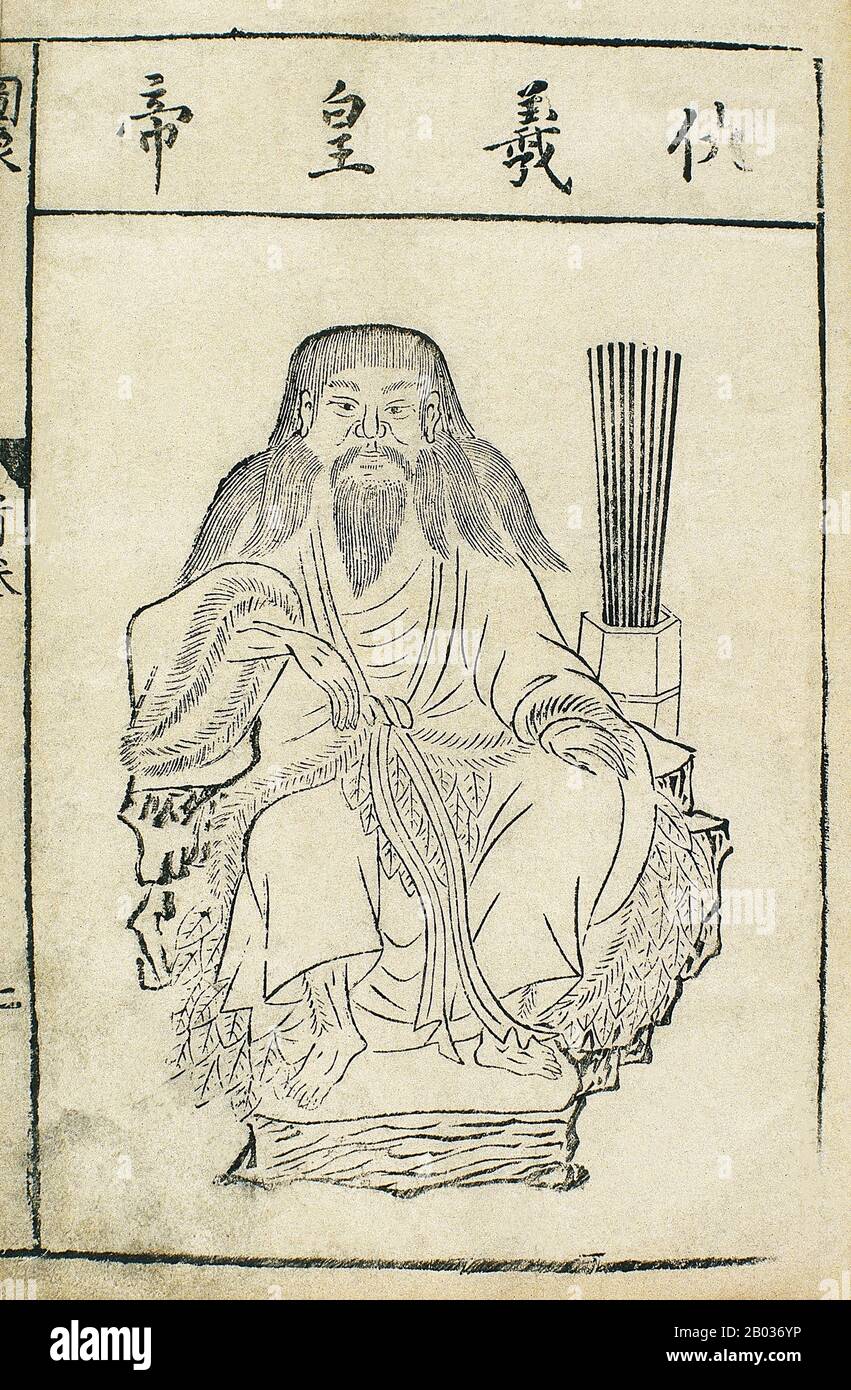 Fuxi, alongside his wife/sister Nuwa, was an important deity in Chinese mythology and folk religion. Like his sister, he is often depicted with serpentine qualities, sometimes with the upper body of a man and the lower body of a snake or just a human head on a snake's body. He is counted as the first of the Three Sovereigns at the beginning of the Chinese dynastic period. After Pangu created the universe and the world, he birthed a powerful being known as Hua Hsu, who in turn birthed the twins Fuxi and Nuwa. They were said to be the 'original humans', and together they forged humanity out of Stock Photohttps://www.alamy.com/image-license-details/?v=1https://www.alamy.com/fuxi-alongside-his-wifesister-nuwa-was-an-important-deity-in-chinese-mythology-and-folk-religion-like-his-sister-he-is-often-depicted-with-serpentine-qualities-sometimes-with-the-upper-body-of-a-man-and-the-lower-body-of-a-snake-or-just-a-human-head-on-a-snakes-body-he-is-counted-as-the-first-of-the-three-sovereigns-at-the-beginning-of-the-chinese-dynastic-period-after-pangu-created-the-universe-and-the-world-he-birthed-a-powerful-being-known-as-hua-hsu-who-in-turn-birthed-the-twins-fuxi-and-nuwa-they-were-said-to-be-the-original-humans-and-together-they-forged-humanity-out-of-image344278698.html
Fuxi, alongside his wife/sister Nuwa, was an important deity in Chinese mythology and folk religion. Like his sister, he is often depicted with serpentine qualities, sometimes with the upper body of a man and the lower body of a snake or just a human head on a snake's body. He is counted as the first of the Three Sovereigns at the beginning of the Chinese dynastic period. After Pangu created the universe and the world, he birthed a powerful being known as Hua Hsu, who in turn birthed the twins Fuxi and Nuwa. They were said to be the 'original humans', and together they forged humanity out of Stock Photohttps://www.alamy.com/image-license-details/?v=1https://www.alamy.com/fuxi-alongside-his-wifesister-nuwa-was-an-important-deity-in-chinese-mythology-and-folk-religion-like-his-sister-he-is-often-depicted-with-serpentine-qualities-sometimes-with-the-upper-body-of-a-man-and-the-lower-body-of-a-snake-or-just-a-human-head-on-a-snakes-body-he-is-counted-as-the-first-of-the-three-sovereigns-at-the-beginning-of-the-chinese-dynastic-period-after-pangu-created-the-universe-and-the-world-he-birthed-a-powerful-being-known-as-hua-hsu-who-in-turn-birthed-the-twins-fuxi-and-nuwa-they-were-said-to-be-the-original-humans-and-together-they-forged-humanity-out-of-image344278698.htmlRM2B036YP–Fuxi, alongside his wife/sister Nuwa, was an important deity in Chinese mythology and folk religion. Like his sister, he is often depicted with serpentine qualities, sometimes with the upper body of a man and the lower body of a snake or just a human head on a snake's body. He is counted as the first of the Three Sovereigns at the beginning of the Chinese dynastic period. After Pangu created the universe and the world, he birthed a powerful being known as Hua Hsu, who in turn birthed the twins Fuxi and Nuwa. They were said to be the 'original humans', and together they forged humanity out of
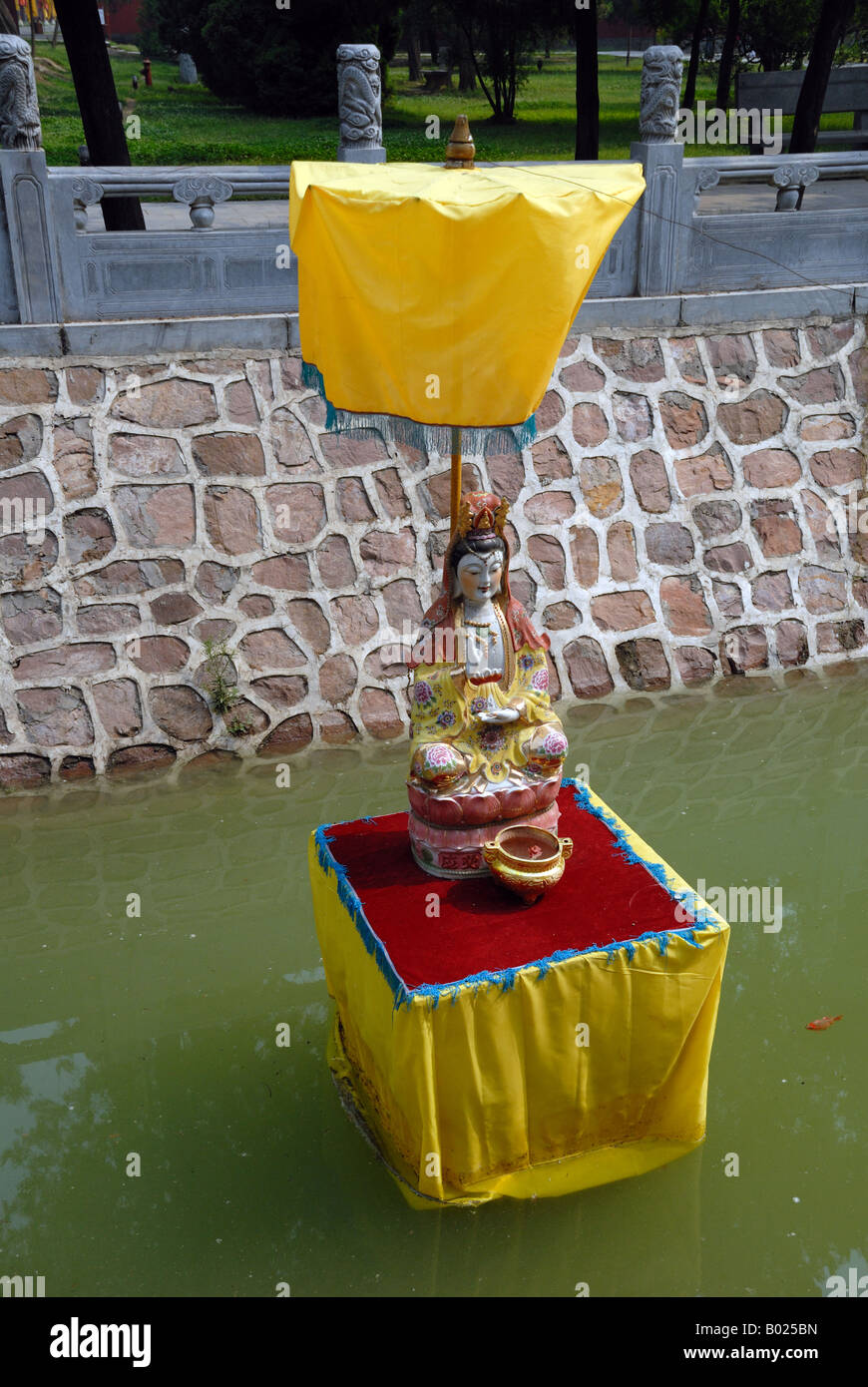 Figure of the empress in the Yu Dai river Taihao Mausoleum Taihao Ling Caihe river bank Huaiyang County Kaifeng Henan Province Stock Photohttps://www.alamy.com/image-license-details/?v=1https://www.alamy.com/stock-photo-figure-of-the-empress-in-the-yu-dai-river-taihao-mausoleum-taihao-17258521.html
Figure of the empress in the Yu Dai river Taihao Mausoleum Taihao Ling Caihe river bank Huaiyang County Kaifeng Henan Province Stock Photohttps://www.alamy.com/image-license-details/?v=1https://www.alamy.com/stock-photo-figure-of-the-empress-in-the-yu-dai-river-taihao-mausoleum-taihao-17258521.htmlRMB025BN–Figure of the empress in the Yu Dai river Taihao Mausoleum Taihao Ling Caihe river bank Huaiyang County Kaifeng Henan Province
![. Illustrated catalogue of the beautiful old Chinese porcelains comprising the extraordinary private collection formed by Mr. S. S. Carvalho of New York [electronic resource] : to be sold at unrestricted public sale at the American Art Galleries on the dates herein stated. and cover coatedwith metal, the cover surmounted by a metal Fu-lion crouchingon his forepaws, with rump upraised and tail nourishing. Length. 7 inclirs. 722— Slekbeb Ci.air-i>f.-i.une Vase (Kang-hsi) The circular body, with flat foot, expands very slightly to ashoulder which with a steep slope curves into a slender neck w Stock Photo . Illustrated catalogue of the beautiful old Chinese porcelains comprising the extraordinary private collection formed by Mr. S. S. Carvalho of New York [electronic resource] : to be sold at unrestricted public sale at the American Art Galleries on the dates herein stated. and cover coatedwith metal, the cover surmounted by a metal Fu-lion crouchingon his forepaws, with rump upraised and tail nourishing. Length. 7 inclirs. 722— Slekbeb Ci.air-i>f.-i.une Vase (Kang-hsi) The circular body, with flat foot, expands very slightly to ashoulder which with a steep slope curves into a slender neck w Stock Photo](https://c8.alamy.com/comp/2AFNW43/illustrated-catalogue-of-the-beautiful-old-chinese-porcelains-comprising-the-extraordinary-private-collection-formed-by-mr-s-s-carvalho-of-new-york-electronic-resource-to-be-sold-at-unrestricted-public-sale-at-the-american-art-galleries-on-the-dates-herein-stated-and-cover-coatedwith-metal-the-cover-surmounted-by-a-metal-fu-lion-crouchingon-his-forepaws-with-rump-upraised-and-tail-nourishing-length-7-inclirs-722-slekbeb-ciair-igtf-iune-vase-kang-hsi-the-circular-body-with-flat-foot-expands-very-slightly-to-ashoulder-which-with-a-steep-slope-curves-into-a-slender-neck-w-2AFNW43.jpg) . Illustrated catalogue of the beautiful old Chinese porcelains comprising the extraordinary private collection formed by Mr. S. S. Carvalho of New York [electronic resource] : to be sold at unrestricted public sale at the American Art Galleries on the dates herein stated. and cover coatedwith metal, the cover surmounted by a metal Fu-lion crouchingon his forepaws, with rump upraised and tail nourishing. Length. 7 inclirs. 722— Slekbeb Ci.air-i>f.-i.une Vase (Kang-hsi) The circular body, with flat foot, expands very slightly to ashoulder which with a steep slope curves into a slender neck w Stock Photohttps://www.alamy.com/image-license-details/?v=1https://www.alamy.com/illustrated-catalogue-of-the-beautiful-old-chinese-porcelains-comprising-the-extraordinary-private-collection-formed-by-mr-s-s-carvalho-of-new-york-electronic-resource-to-be-sold-at-unrestricted-public-sale-at-the-american-art-galleries-on-the-dates-herein-stated-and-cover-coatedwith-metal-the-cover-surmounted-by-a-metal-fu-lion-crouchingon-his-forepaws-with-rump-upraised-and-tail-nourishing-length-7-inclirs-722-slekbeb-ciair-igtf-iune-vase-kang-hsi-the-circular-body-with-flat-foot-expands-very-slightly-to-ashoulder-which-with-a-steep-slope-curves-into-a-slender-neck-w-image336697539.html
. Illustrated catalogue of the beautiful old Chinese porcelains comprising the extraordinary private collection formed by Mr. S. S. Carvalho of New York [electronic resource] : to be sold at unrestricted public sale at the American Art Galleries on the dates herein stated. and cover coatedwith metal, the cover surmounted by a metal Fu-lion crouchingon his forepaws, with rump upraised and tail nourishing. Length. 7 inclirs. 722— Slekbeb Ci.air-i>f.-i.une Vase (Kang-hsi) The circular body, with flat foot, expands very slightly to ashoulder which with a steep slope curves into a slender neck w Stock Photohttps://www.alamy.com/image-license-details/?v=1https://www.alamy.com/illustrated-catalogue-of-the-beautiful-old-chinese-porcelains-comprising-the-extraordinary-private-collection-formed-by-mr-s-s-carvalho-of-new-york-electronic-resource-to-be-sold-at-unrestricted-public-sale-at-the-american-art-galleries-on-the-dates-herein-stated-and-cover-coatedwith-metal-the-cover-surmounted-by-a-metal-fu-lion-crouchingon-his-forepaws-with-rump-upraised-and-tail-nourishing-length-7-inclirs-722-slekbeb-ciair-igtf-iune-vase-kang-hsi-the-circular-body-with-flat-foot-expands-very-slightly-to-ashoulder-which-with-a-steep-slope-curves-into-a-slender-neck-w-image336697539.htmlRM2AFNW43–. Illustrated catalogue of the beautiful old Chinese porcelains comprising the extraordinary private collection formed by Mr. S. S. Carvalho of New York [electronic resource] : to be sold at unrestricted public sale at the American Art Galleries on the dates herein stated. and cover coatedwith metal, the cover surmounted by a metal Fu-lion crouchingon his forepaws, with rump upraised and tail nourishing. Length. 7 inclirs. 722— Slekbeb Ci.air-i>f.-i.une Vase (Kang-hsi) The circular body, with flat foot, expands very slightly to ashoulder which with a steep slope curves into a slender neck w
 Stele carved with poem, Fuxi Divinatory Pavilion, Shangcai, Henan , China Stock Photohttps://www.alamy.com/image-license-details/?v=1https://www.alamy.com/stock-photo-stele-carved-with-poem-fuxi-divinatory-pavilion-shangcai-henan-china-41910281.html
Stele carved with poem, Fuxi Divinatory Pavilion, Shangcai, Henan , China Stock Photohttps://www.alamy.com/image-license-details/?v=1https://www.alamy.com/stock-photo-stele-carved-with-poem-fuxi-divinatory-pavilion-shangcai-henan-china-41910281.htmlRMCC54YN–Stele carved with poem, Fuxi Divinatory Pavilion, Shangcai, Henan , China
 Figure of the emperor in the Yu Dai river Taihao Mausoleum Taihao Ling Caihe river bank Huaiyang County Kaifeng Henan Province Stock Photohttps://www.alamy.com/image-license-details/?v=1https://www.alamy.com/stock-photo-figure-of-the-emperor-in-the-yu-dai-river-taihao-mausoleum-taihao-17258156.html
Figure of the emperor in the Yu Dai river Taihao Mausoleum Taihao Ling Caihe river bank Huaiyang County Kaifeng Henan Province Stock Photohttps://www.alamy.com/image-license-details/?v=1https://www.alamy.com/stock-photo-figure-of-the-emperor-in-the-yu-dai-river-taihao-mausoleum-taihao-17258156.htmlRMB024XM–Figure of the emperor in the Yu Dai river Taihao Mausoleum Taihao Ling Caihe river bank Huaiyang County Kaifeng Henan Province
 Illustrated catalogue of the remarkable collection of ancient Chinese bronzes, beautiful old porcelains, amber and stone carvings, sumptuous eighteenth century brocades, interesting old paintings on glas and fine old carpets, rugs and furniture, from ancient palaces and temples of China comprising the private collection of a Chinese nobleman of Tien-Tsin . cending five-clawed dragonsand fire-scrolls. Mark, Tn-Ching Kang-hsi nien-ehih in blueunder the white-glazed foot. (Illustrated) ^>- l^ ?••• IVORY-WHITE STATUETTES 353—Ming Fu-chixg Statuette of Daku.ma Seated (Ming) The figure sits with Stock Photohttps://www.alamy.com/image-license-details/?v=1https://www.alamy.com/illustrated-catalogue-of-the-remarkable-collection-of-ancient-chinese-bronzes-beautiful-old-porcelains-amber-and-stone-carvings-sumptuous-eighteenth-century-brocades-interesting-old-paintings-on-glas-and-fine-old-carpets-rugs-and-furniture-from-ancient-palaces-and-temples-of-china-comprising-the-private-collection-of-a-chinese-nobleman-of-tien-tsin-cending-five-clawed-dragonsand-fire-scrolls-mark-tn-ching-kang-hsi-nien-ehih-in-blueunder-the-white-glazed-foot-illustrated-gt-l-ivory-white-statuettes-353ming-fu-chixg-statuette-of-dakuma-seated-ming-the-figure-sits-with-image340022921.html
Illustrated catalogue of the remarkable collection of ancient Chinese bronzes, beautiful old porcelains, amber and stone carvings, sumptuous eighteenth century brocades, interesting old paintings on glas and fine old carpets, rugs and furniture, from ancient palaces and temples of China comprising the private collection of a Chinese nobleman of Tien-Tsin . cending five-clawed dragonsand fire-scrolls. Mark, Tn-Ching Kang-hsi nien-ehih in blueunder the white-glazed foot. (Illustrated) ^>- l^ ?••• IVORY-WHITE STATUETTES 353—Ming Fu-chixg Statuette of Daku.ma Seated (Ming) The figure sits with Stock Photohttps://www.alamy.com/image-license-details/?v=1https://www.alamy.com/illustrated-catalogue-of-the-remarkable-collection-of-ancient-chinese-bronzes-beautiful-old-porcelains-amber-and-stone-carvings-sumptuous-eighteenth-century-brocades-interesting-old-paintings-on-glas-and-fine-old-carpets-rugs-and-furniture-from-ancient-palaces-and-temples-of-china-comprising-the-private-collection-of-a-chinese-nobleman-of-tien-tsin-cending-five-clawed-dragonsand-fire-scrolls-mark-tn-ching-kang-hsi-nien-ehih-in-blueunder-the-white-glazed-foot-illustrated-gt-l-ivory-white-statuettes-353ming-fu-chixg-statuette-of-dakuma-seated-ming-the-figure-sits-with-image340022921.htmlRM2AN5AKN–Illustrated catalogue of the remarkable collection of ancient Chinese bronzes, beautiful old porcelains, amber and stone carvings, sumptuous eighteenth century brocades, interesting old paintings on glas and fine old carpets, rugs and furniture, from ancient palaces and temples of China comprising the private collection of a Chinese nobleman of Tien-Tsin . cending five-clawed dragonsand fire-scrolls. Mark, Tn-Ching Kang-hsi nien-ehih in blueunder the white-glazed foot. (Illustrated) ^>- l^ ?••• IVORY-WHITE STATUETTES 353—Ming Fu-chixg Statuette of Daku.ma Seated (Ming) The figure sits with
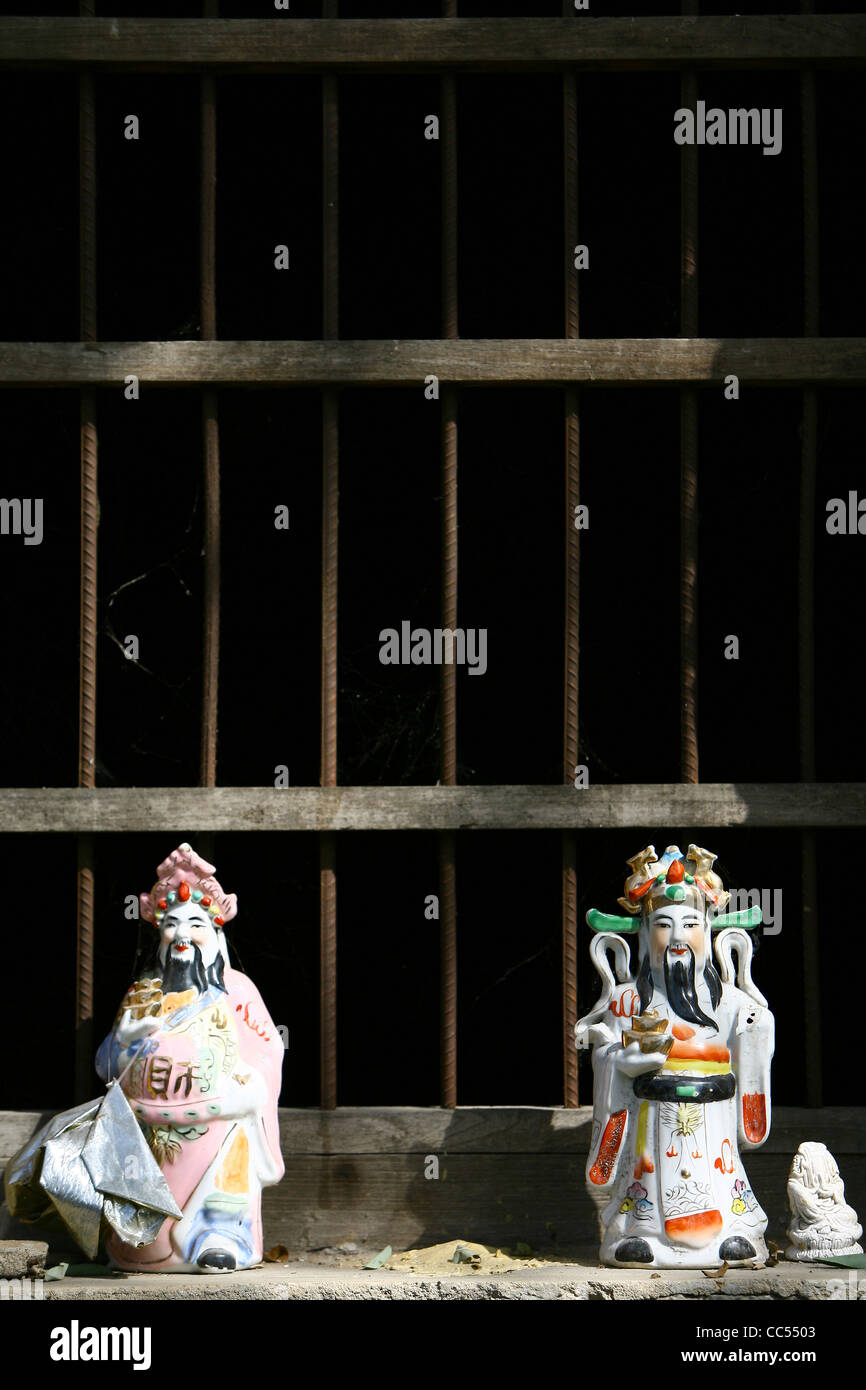 The God of Wealth statues, Fuxi Divinatory Pavilion, Shangcai, Henan , China Stock Photohttps://www.alamy.com/image-license-details/?v=1https://www.alamy.com/stock-photo-the-god-of-wealth-statues-fuxi-divinatory-pavilion-shangcai-henan-41910291.html
The God of Wealth statues, Fuxi Divinatory Pavilion, Shangcai, Henan , China Stock Photohttps://www.alamy.com/image-license-details/?v=1https://www.alamy.com/stock-photo-the-god-of-wealth-statues-fuxi-divinatory-pavilion-shangcai-henan-41910291.htmlRMCC5503–The God of Wealth statues, Fuxi Divinatory Pavilion, Shangcai, Henan , China
 . Annual report of the Board of Regents of the Smithsonian Institution. Smithsonian Institution; Smithsonian Institution. Archives; Discoveries in science. EXPLANATION OF PLATE 36,. Rosaries. Fig. 1. Rosewood Rosaky. Ta-chien-ln (Cat. Xo. 167207, F. S. N. M.) Fig. 2. Yki.low Wood Rosary. Bat'aiig (Cat. ISTo. 131058, U. S. X. M.) Fig. :i. Mohammedan Ro.sakv. Of Lone and date seeds. Hsi-iiiug Fu. (Cat. Xo. 167300, V. S. X. M.). Please note that these images are extracted from scanned page images that may have been digitally enhanced for readability - coloration and appearance of these illustrati Stock Photohttps://www.alamy.com/image-license-details/?v=1https://www.alamy.com/annual-report-of-the-board-of-regents-of-the-smithsonian-institution-smithsonian-institution-smithsonian-institution-archives-discoveries-in-science-explanation-of-plate-36-rosaries-fig-1-rosewood-rosaky-ta-chien-ln-cat-xo-167207-f-s-n-m-fig-2-ykilow-wood-rosary-bataiig-cat-isto-131058-u-s-x-m-fig-i-mohammedan-rosakv-of-lone-and-date-seeds-hsi-iiiug-fu-cat-xo-167300-v-s-x-m-please-note-that-these-images-are-extracted-from-scanned-page-images-that-may-have-been-digitally-enhanced-for-readability-coloration-and-appearance-of-these-illustrati-image236109734.html
. Annual report of the Board of Regents of the Smithsonian Institution. Smithsonian Institution; Smithsonian Institution. Archives; Discoveries in science. EXPLANATION OF PLATE 36,. Rosaries. Fig. 1. Rosewood Rosaky. Ta-chien-ln (Cat. Xo. 167207, F. S. N. M.) Fig. 2. Yki.low Wood Rosary. Bat'aiig (Cat. ISTo. 131058, U. S. X. M.) Fig. :i. Mohammedan Ro.sakv. Of Lone and date seeds. Hsi-iiiug Fu. (Cat. Xo. 167300, V. S. X. M.). Please note that these images are extracted from scanned page images that may have been digitally enhanced for readability - coloration and appearance of these illustrati Stock Photohttps://www.alamy.com/image-license-details/?v=1https://www.alamy.com/annual-report-of-the-board-of-regents-of-the-smithsonian-institution-smithsonian-institution-smithsonian-institution-archives-discoveries-in-science-explanation-of-plate-36-rosaries-fig-1-rosewood-rosaky-ta-chien-ln-cat-xo-167207-f-s-n-m-fig-2-ykilow-wood-rosary-bataiig-cat-isto-131058-u-s-x-m-fig-i-mohammedan-rosakv-of-lone-and-date-seeds-hsi-iiiug-fu-cat-xo-167300-v-s-x-m-please-note-that-these-images-are-extracted-from-scanned-page-images-that-may-have-been-digitally-enhanced-for-readability-coloration-and-appearance-of-these-illustrati-image236109734.htmlRMRM3MAE–. Annual report of the Board of Regents of the Smithsonian Institution. Smithsonian Institution; Smithsonian Institution. Archives; Discoveries in science. EXPLANATION OF PLATE 36,. Rosaries. Fig. 1. Rosewood Rosaky. Ta-chien-ln (Cat. Xo. 167207, F. S. N. M.) Fig. 2. Yki.low Wood Rosary. Bat'aiig (Cat. ISTo. 131058, U. S. X. M.) Fig. :i. Mohammedan Ro.sakv. Of Lone and date seeds. Hsi-iiiug Fu. (Cat. Xo. 167300, V. S. X. M.). Please note that these images are extracted from scanned page images that may have been digitally enhanced for readability - coloration and appearance of these illustrati
 Avalokitesvara statues, Fuxi Divinatory Pavilion, Shangcai, Henan , China Stock Photohttps://www.alamy.com/image-license-details/?v=1https://www.alamy.com/stock-photo-avalokitesvara-statues-fuxi-divinatory-pavilion-shangcai-henan-china-41910341.html
Avalokitesvara statues, Fuxi Divinatory Pavilion, Shangcai, Henan , China Stock Photohttps://www.alamy.com/image-license-details/?v=1https://www.alamy.com/stock-photo-avalokitesvara-statues-fuxi-divinatory-pavilion-shangcai-henan-china-41910341.htmlRMCC551W–Avalokitesvara statues, Fuxi Divinatory Pavilion, Shangcai, Henan , China
 Statue on the windowsill, Fuxi Divinatory Pavilion, Shangcai, Henan , China Stock Photohttps://www.alamy.com/image-license-details/?v=1https://www.alamy.com/stock-photo-statue-on-the-windowsill-fuxi-divinatory-pavilion-shangcai-henan-china-41910327.html
Statue on the windowsill, Fuxi Divinatory Pavilion, Shangcai, Henan , China Stock Photohttps://www.alamy.com/image-license-details/?v=1https://www.alamy.com/stock-photo-statue-on-the-windowsill-fuxi-divinatory-pavilion-shangcai-henan-china-41910327.htmlRMCC551B–Statue on the windowsill, Fuxi Divinatory Pavilion, Shangcai, Henan , China
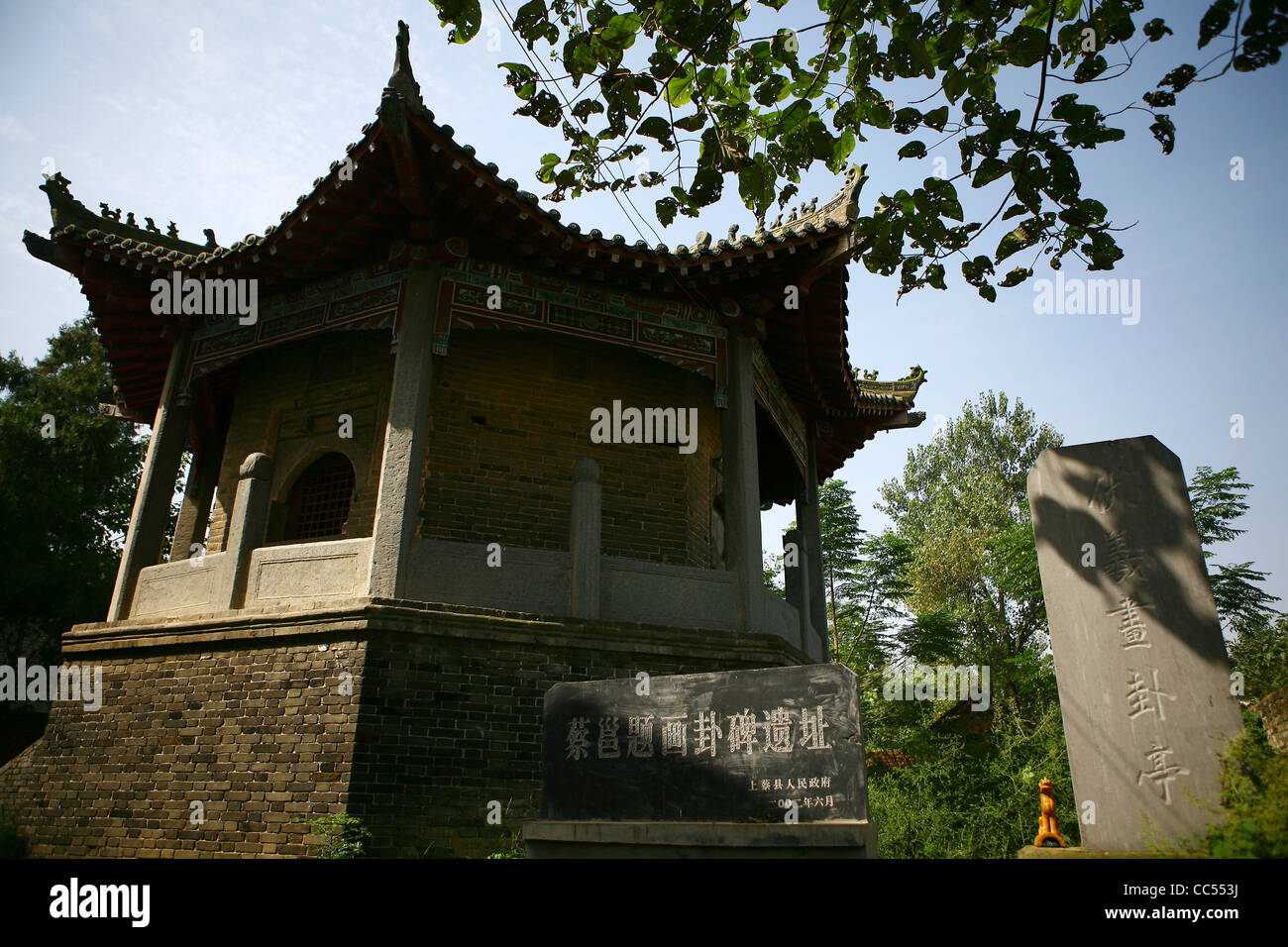 Fuxi Divinatory Pavilion, Shangcai, Henan , China Stock Photohttps://www.alamy.com/image-license-details/?v=1https://www.alamy.com/stock-photo-fuxi-divinatory-pavilion-shangcai-henan-china-41910390.html
Fuxi Divinatory Pavilion, Shangcai, Henan , China Stock Photohttps://www.alamy.com/image-license-details/?v=1https://www.alamy.com/stock-photo-fuxi-divinatory-pavilion-shangcai-henan-china-41910390.htmlRMCC553J–Fuxi Divinatory Pavilion, Shangcai, Henan , China
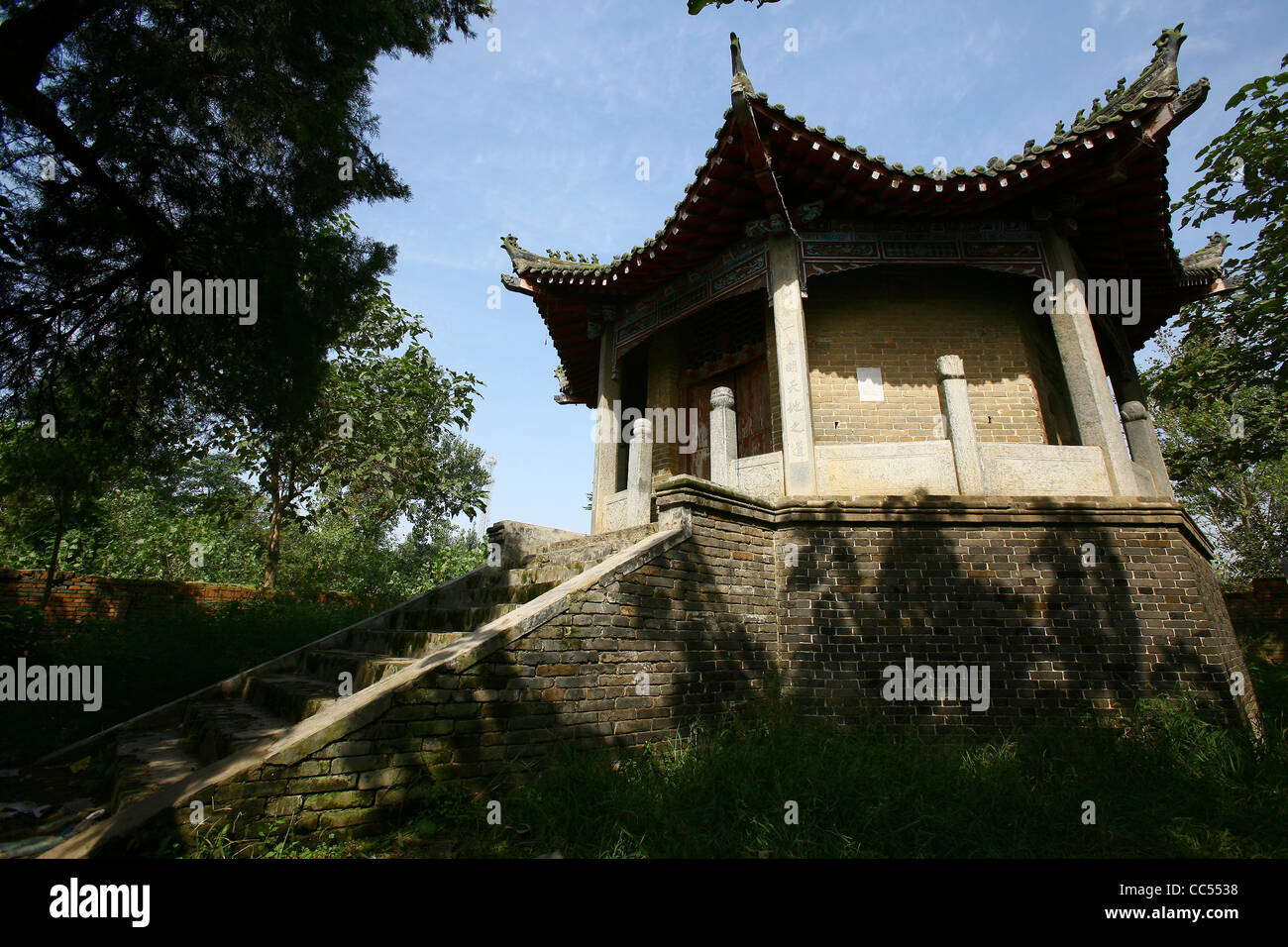 Fuxi Divinatory Pavilion, Shangcai, Henan , China Stock Photohttps://www.alamy.com/image-license-details/?v=1https://www.alamy.com/stock-photo-fuxi-divinatory-pavilion-shangcai-henan-china-41910380.html
Fuxi Divinatory Pavilion, Shangcai, Henan , China Stock Photohttps://www.alamy.com/image-license-details/?v=1https://www.alamy.com/stock-photo-fuxi-divinatory-pavilion-shangcai-henan-china-41910380.htmlRMCC5538–Fuxi Divinatory Pavilion, Shangcai, Henan , China
 Ba Gua divining, Fuxi Divinatory Pavilion, Shangcai, Henan , China Stock Photohttps://www.alamy.com/image-license-details/?v=1https://www.alamy.com/stock-photo-ba-gua-divining-fuxi-divinatory-pavilion-shangcai-henan-china-41917912.html
Ba Gua divining, Fuxi Divinatory Pavilion, Shangcai, Henan , China Stock Photohttps://www.alamy.com/image-license-details/?v=1https://www.alamy.com/stock-photo-ba-gua-divining-fuxi-divinatory-pavilion-shangcai-henan-china-41917912.htmlRMCC5EM8–Ba Gua divining, Fuxi Divinatory Pavilion, Shangcai, Henan , China
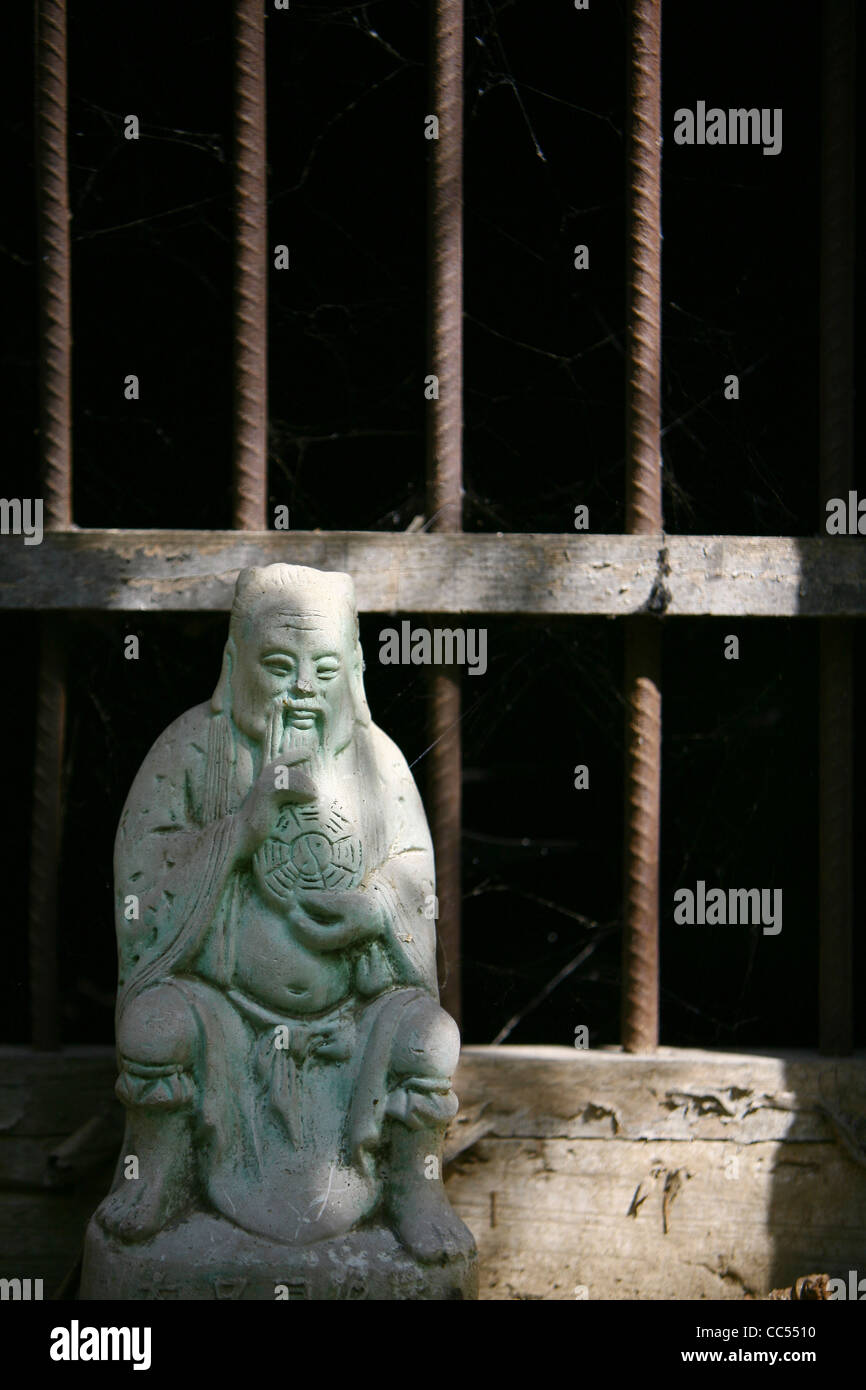 Fuxi statue on the windowsill, Fuxi Divinatory Pavilion, Shangcai, Henan , China Stock Photohttps://www.alamy.com/image-license-details/?v=1https://www.alamy.com/stock-photo-fuxi-statue-on-the-windowsill-fuxi-divinatory-pavilion-shangcai-henan-41910316.html
Fuxi statue on the windowsill, Fuxi Divinatory Pavilion, Shangcai, Henan , China Stock Photohttps://www.alamy.com/image-license-details/?v=1https://www.alamy.com/stock-photo-fuxi-statue-on-the-windowsill-fuxi-divinatory-pavilion-shangcai-henan-41910316.htmlRMCC5510–Fuxi statue on the windowsill, Fuxi Divinatory Pavilion, Shangcai, Henan , China
 Marble turtle statue, Fuxi Divinatory Pavilion, Shangcai, Henan , China Stock Photohttps://www.alamy.com/image-license-details/?v=1https://www.alamy.com/stock-photo-marble-turtle-statue-fuxi-divinatory-pavilion-shangcai-henan-china-41910393.html
Marble turtle statue, Fuxi Divinatory Pavilion, Shangcai, Henan , China Stock Photohttps://www.alamy.com/image-license-details/?v=1https://www.alamy.com/stock-photo-marble-turtle-statue-fuxi-divinatory-pavilion-shangcai-henan-china-41910393.htmlRMCC553N–Marble turtle statue, Fuxi Divinatory Pavilion, Shangcai, Henan , China
 The God of Wealth statue, Fuxi Divinatory Pavilion, Shangcai, Henan , China Stock Photohttps://www.alamy.com/image-license-details/?v=1https://www.alamy.com/stock-photo-the-god-of-wealth-statue-fuxi-divinatory-pavilion-shangcai-henan-china-41910397.html
The God of Wealth statue, Fuxi Divinatory Pavilion, Shangcai, Henan , China Stock Photohttps://www.alamy.com/image-license-details/?v=1https://www.alamy.com/stock-photo-the-god-of-wealth-statue-fuxi-divinatory-pavilion-shangcai-henan-china-41910397.htmlRMCC553W–The God of Wealth statue, Fuxi Divinatory Pavilion, Shangcai, Henan , China
 Buddha statues on the windowsill, Fuxi Divinatory Pavilion, Shangcai, Henan , China Stock Photohttps://www.alamy.com/image-license-details/?v=1https://www.alamy.com/stock-photo-buddha-statues-on-the-windowsill-fuxi-divinatory-pavilion-shangcai-41910389.html
Buddha statues on the windowsill, Fuxi Divinatory Pavilion, Shangcai, Henan , China Stock Photohttps://www.alamy.com/image-license-details/?v=1https://www.alamy.com/stock-photo-buddha-statues-on-the-windowsill-fuxi-divinatory-pavilion-shangcai-41910389.htmlRMCC553H–Buddha statues on the windowsill, Fuxi Divinatory Pavilion, Shangcai, Henan , China
 Local people burning incense, Fuxi Divinatory Pavilion, Shangcai, Henan , China Stock Photohttps://www.alamy.com/image-license-details/?v=1https://www.alamy.com/stock-photo-local-people-burning-incense-fuxi-divinatory-pavilion-shangcai-henan-41910399.html
Local people burning incense, Fuxi Divinatory Pavilion, Shangcai, Henan , China Stock Photohttps://www.alamy.com/image-license-details/?v=1https://www.alamy.com/stock-photo-local-people-burning-incense-fuxi-divinatory-pavilion-shangcai-henan-41910399.htmlRMCC553Y–Local people burning incense, Fuxi Divinatory Pavilion, Shangcai, Henan , China
 Fuxi Divinatory Pavilion, Shangcai, Henan , China Stock Photohttps://www.alamy.com/image-license-details/?v=1https://www.alamy.com/stock-photo-fuxi-divinatory-pavilion-shangcai-henan-china-41910363.html
Fuxi Divinatory Pavilion, Shangcai, Henan , China Stock Photohttps://www.alamy.com/image-license-details/?v=1https://www.alamy.com/stock-photo-fuxi-divinatory-pavilion-shangcai-henan-china-41910363.htmlRMCC552K–Fuxi Divinatory Pavilion, Shangcai, Henan , China
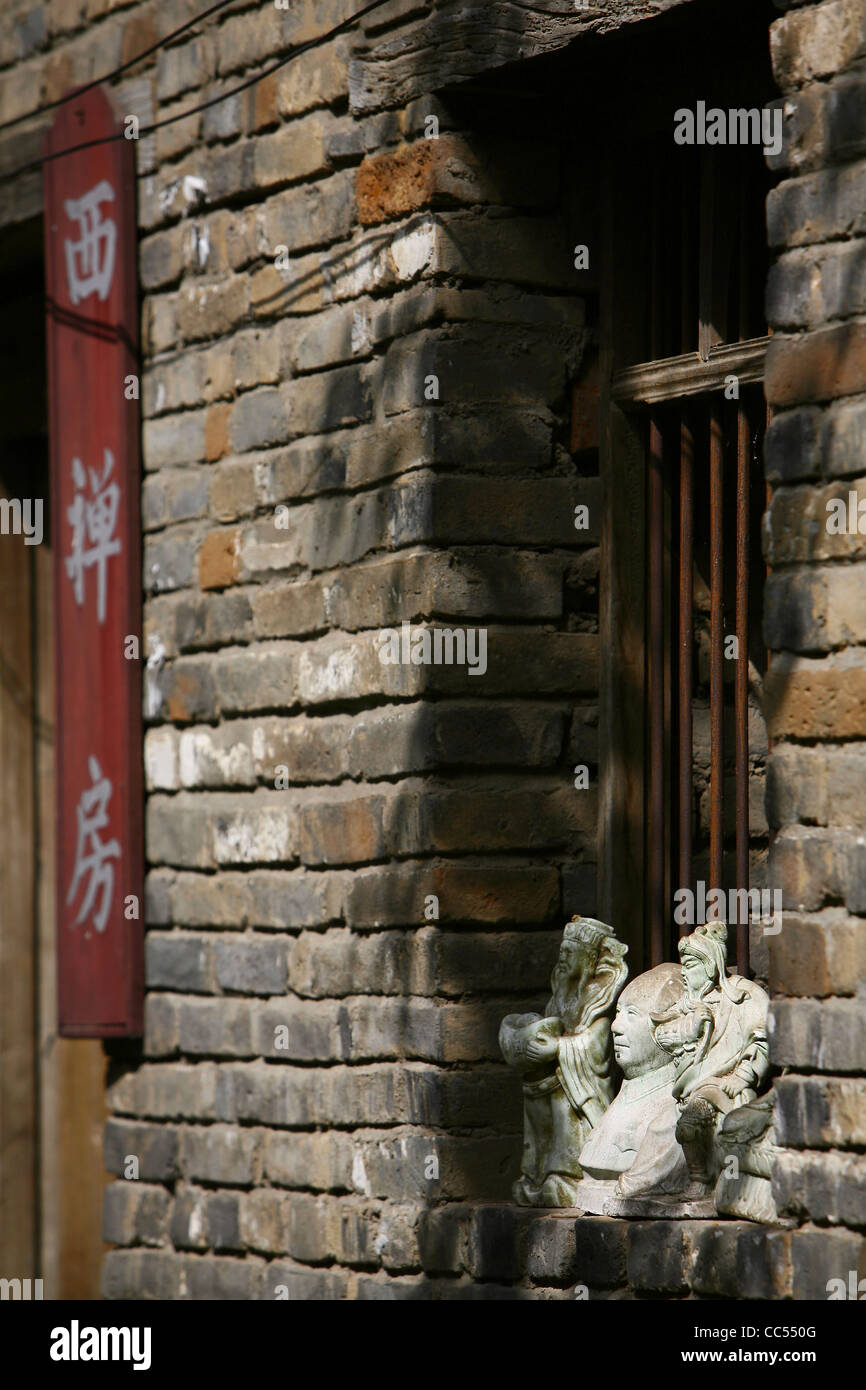 Statues on the windowsill, Fuxi Divinatory Pavilion, Shangcai, Henan , China Stock Photohttps://www.alamy.com/image-license-details/?v=1https://www.alamy.com/stock-photo-statues-on-the-windowsill-fuxi-divinatory-pavilion-shangcai-henan-41910304.html
Statues on the windowsill, Fuxi Divinatory Pavilion, Shangcai, Henan , China Stock Photohttps://www.alamy.com/image-license-details/?v=1https://www.alamy.com/stock-photo-statues-on-the-windowsill-fuxi-divinatory-pavilion-shangcai-henan-41910304.htmlRMCC550G–Statues on the windowsill, Fuxi Divinatory Pavilion, Shangcai, Henan , China
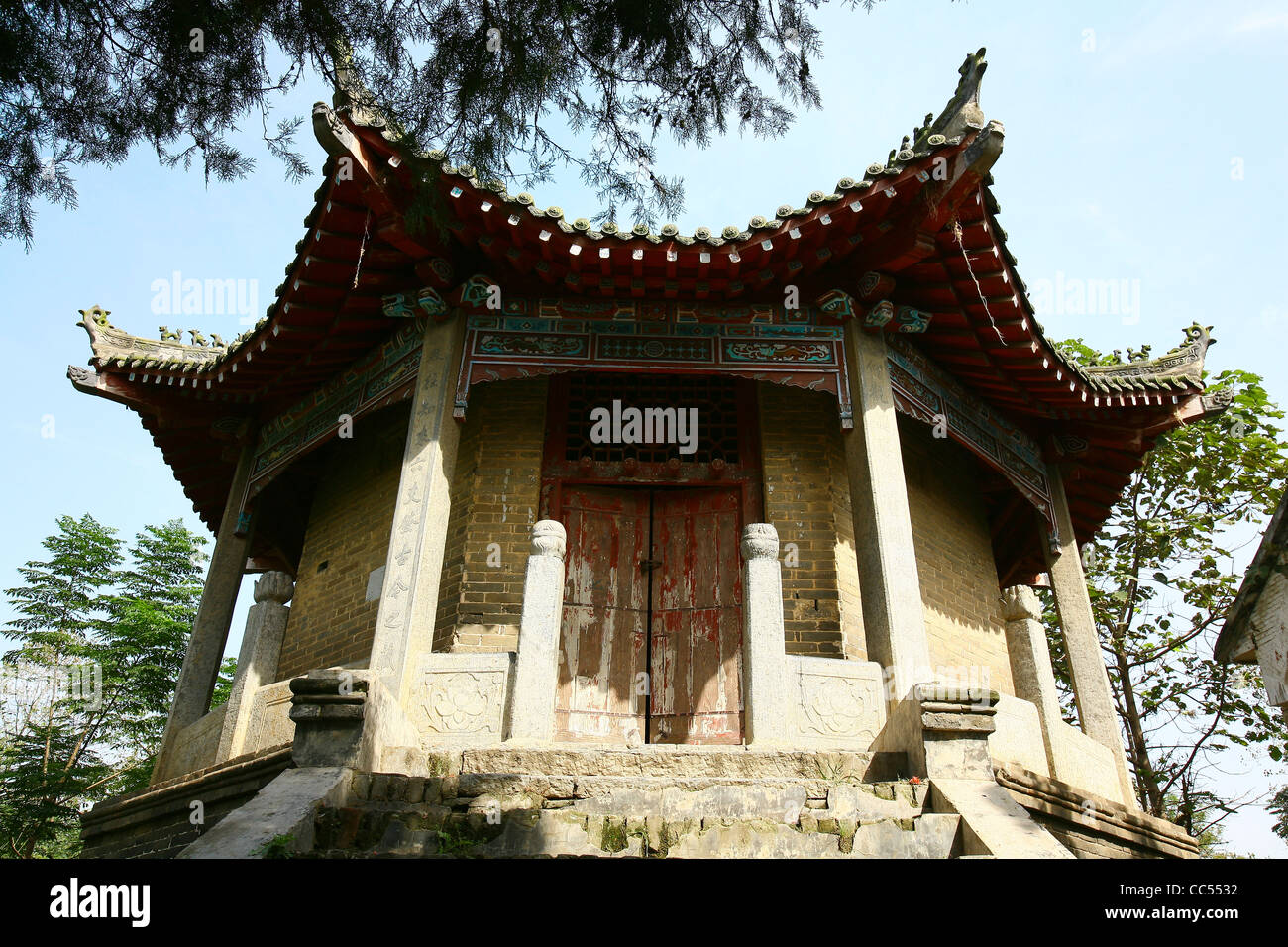 Fuxi Divinatory Pavilion, Shangcai, Henan , China Stock Photohttps://www.alamy.com/image-license-details/?v=1https://www.alamy.com/stock-photo-fuxi-divinatory-pavilion-shangcai-henan-china-41910374.html
Fuxi Divinatory Pavilion, Shangcai, Henan , China Stock Photohttps://www.alamy.com/image-license-details/?v=1https://www.alamy.com/stock-photo-fuxi-divinatory-pavilion-shangcai-henan-china-41910374.htmlRMCC5532–Fuxi Divinatory Pavilion, Shangcai, Henan , China
 Burning incense, Fuxi Divinatory Pavilion, Shangcai, Henan , China Stock Photohttps://www.alamy.com/image-license-details/?v=1https://www.alamy.com/stock-photo-burning-incense-fuxi-divinatory-pavilion-shangcai-henan-china-41910406.html
Burning incense, Fuxi Divinatory Pavilion, Shangcai, Henan , China Stock Photohttps://www.alamy.com/image-license-details/?v=1https://www.alamy.com/stock-photo-burning-incense-fuxi-divinatory-pavilion-shangcai-henan-china-41910406.htmlRMCC5546–Burning incense, Fuxi Divinatory Pavilion, Shangcai, Henan , China
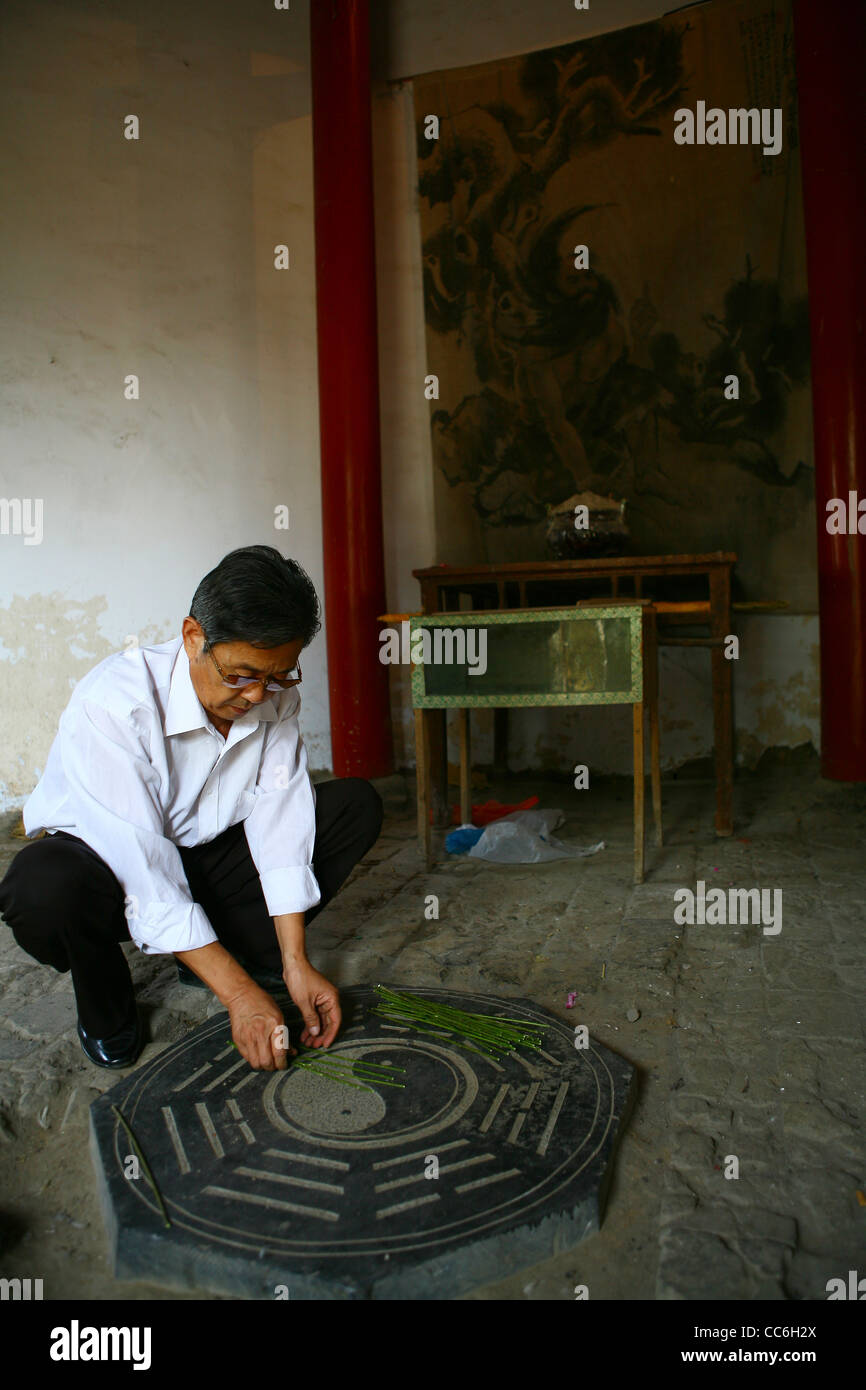 Local man divining, Fuxi Divinatory Pavilion, Shangcai, Henan , China Stock Photohttps://www.alamy.com/image-license-details/?v=1https://www.alamy.com/stock-photo-local-man-divining-fuxi-divinatory-pavilion-shangcai-henan-china-41941730.html
Local man divining, Fuxi Divinatory Pavilion, Shangcai, Henan , China Stock Photohttps://www.alamy.com/image-license-details/?v=1https://www.alamy.com/stock-photo-local-man-divining-fuxi-divinatory-pavilion-shangcai-henan-china-41941730.htmlRMCC6H2X–Local man divining, Fuxi Divinatory Pavilion, Shangcai, Henan , China
 Marble turtle statue, Fuxi Divinatory Pavilion, Shangcai, Henan , China Stock Photohttps://www.alamy.com/image-license-details/?v=1https://www.alamy.com/stock-photo-marble-turtle-statue-fuxi-divinatory-pavilion-shangcai-henan-china-41910394.html
Marble turtle statue, Fuxi Divinatory Pavilion, Shangcai, Henan , China Stock Photohttps://www.alamy.com/image-license-details/?v=1https://www.alamy.com/stock-photo-marble-turtle-statue-fuxi-divinatory-pavilion-shangcai-henan-china-41910394.htmlRMCC553P–Marble turtle statue, Fuxi Divinatory Pavilion, Shangcai, Henan , China
 Burning incense, Fuxi Divinatory Pavilion, Shangcai, Henan , China Stock Photohttps://www.alamy.com/image-license-details/?v=1https://www.alamy.com/stock-photo-burning-incense-fuxi-divinatory-pavilion-shangcai-henan-china-41917914.html
Burning incense, Fuxi Divinatory Pavilion, Shangcai, Henan , China Stock Photohttps://www.alamy.com/image-license-details/?v=1https://www.alamy.com/stock-photo-burning-incense-fuxi-divinatory-pavilion-shangcai-henan-china-41917914.htmlRMCC5EMA–Burning incense, Fuxi Divinatory Pavilion, Shangcai, Henan , China
 Local people praying with incense, Fuxi Divinatory Pavilion, Shangcai, Henan , China Stock Photohttps://www.alamy.com/image-license-details/?v=1https://www.alamy.com/stock-photo-local-people-praying-with-incense-fuxi-divinatory-pavilion-shangcai-41910403.html
Local people praying with incense, Fuxi Divinatory Pavilion, Shangcai, Henan , China Stock Photohttps://www.alamy.com/image-license-details/?v=1https://www.alamy.com/stock-photo-local-people-praying-with-incense-fuxi-divinatory-pavilion-shangcai-41910403.htmlRMCC5543–Local people praying with incense, Fuxi Divinatory Pavilion, Shangcai, Henan , China
 Fuxi's Ancestral Hall, Shangcai, Henan , China Stock Photohttps://www.alamy.com/image-license-details/?v=1https://www.alamy.com/stock-photo-fuxis-ancestral-hall-shangcai-henan-china-41910262.html
Fuxi's Ancestral Hall, Shangcai, Henan , China Stock Photohttps://www.alamy.com/image-license-details/?v=1https://www.alamy.com/stock-photo-fuxis-ancestral-hall-shangcai-henan-china-41910262.htmlRMCC54Y2–Fuxi's Ancestral Hall, Shangcai, Henan , China
 Statues on the windowsill, Fuxi Divinatory Pavilion, Shangcai, Henan , China Stock Photohttps://www.alamy.com/image-license-details/?v=1https://www.alamy.com/stock-photo-statues-on-the-windowsill-fuxi-divinatory-pavilion-shangcai-henan-41917916.html
Statues on the windowsill, Fuxi Divinatory Pavilion, Shangcai, Henan , China Stock Photohttps://www.alamy.com/image-license-details/?v=1https://www.alamy.com/stock-photo-statues-on-the-windowsill-fuxi-divinatory-pavilion-shangcai-henan-41917916.htmlRMCC5EMC–Statues on the windowsill, Fuxi Divinatory Pavilion, Shangcai, Henan , China